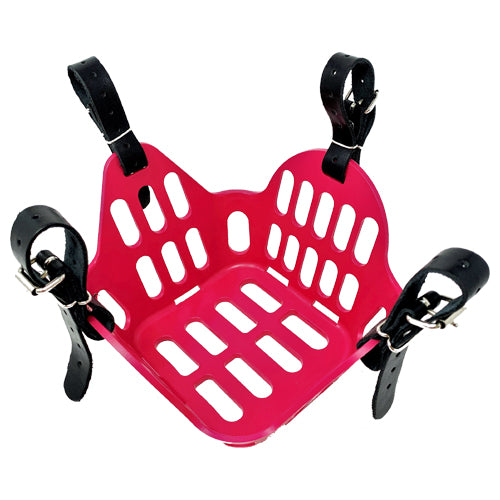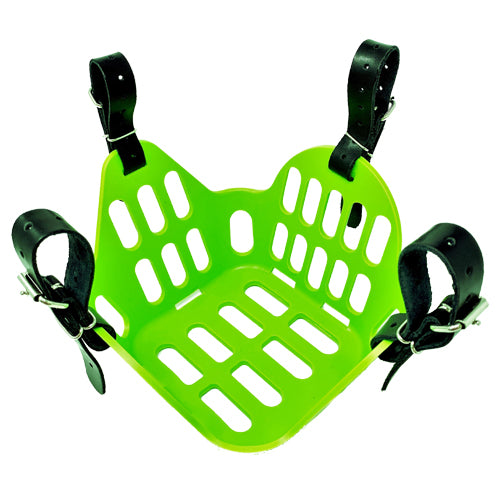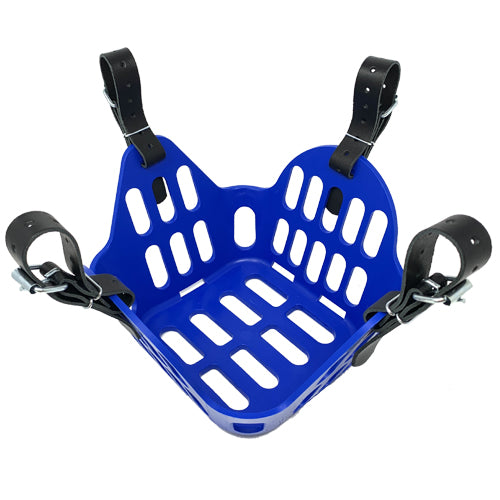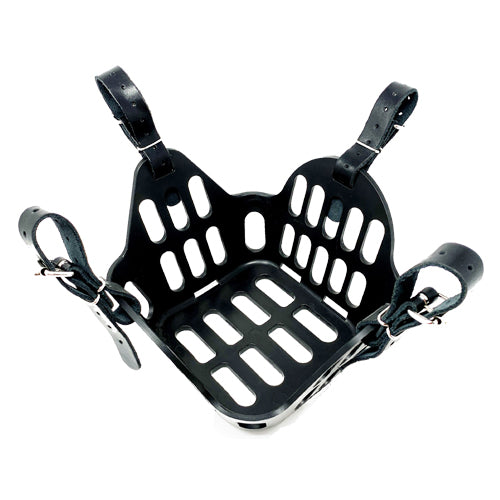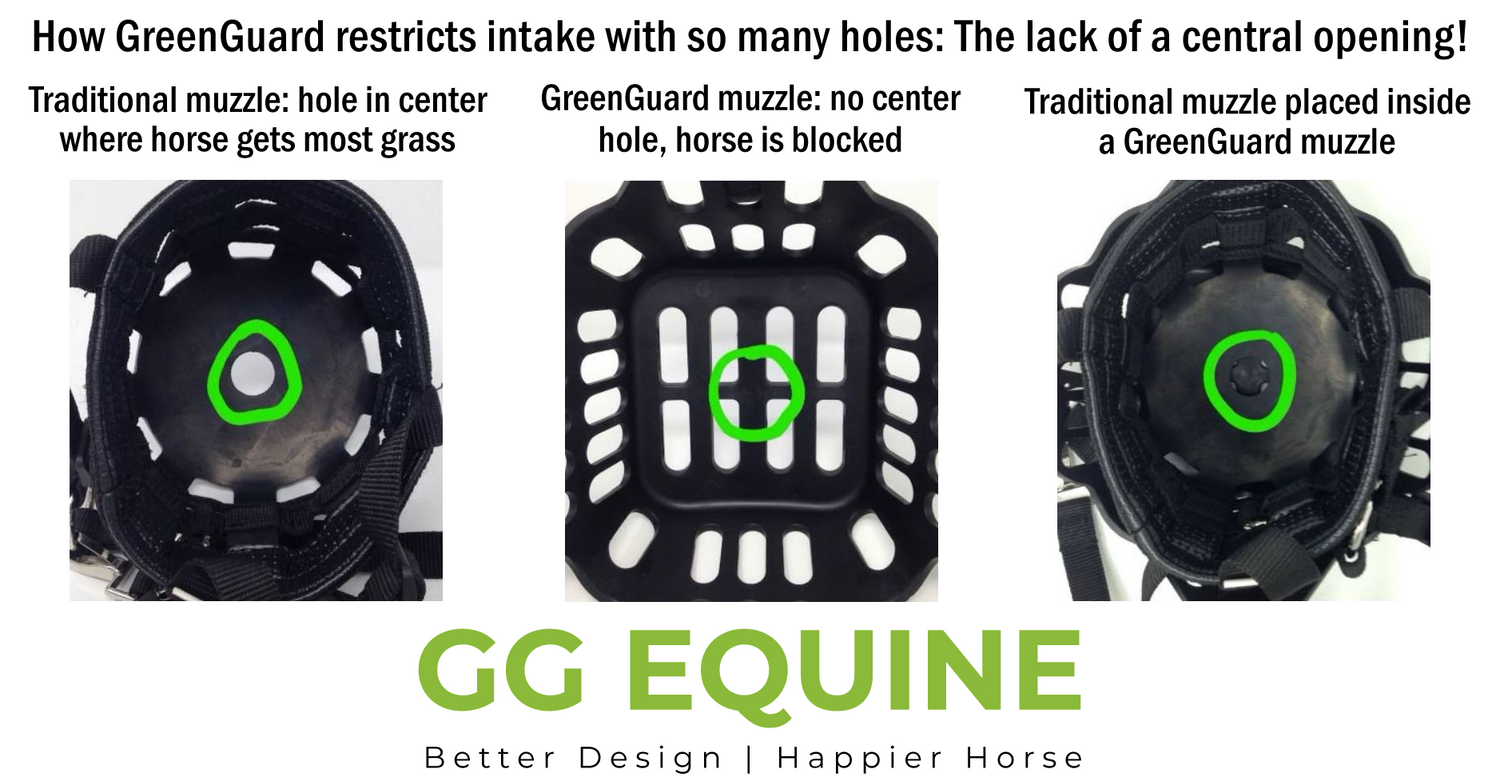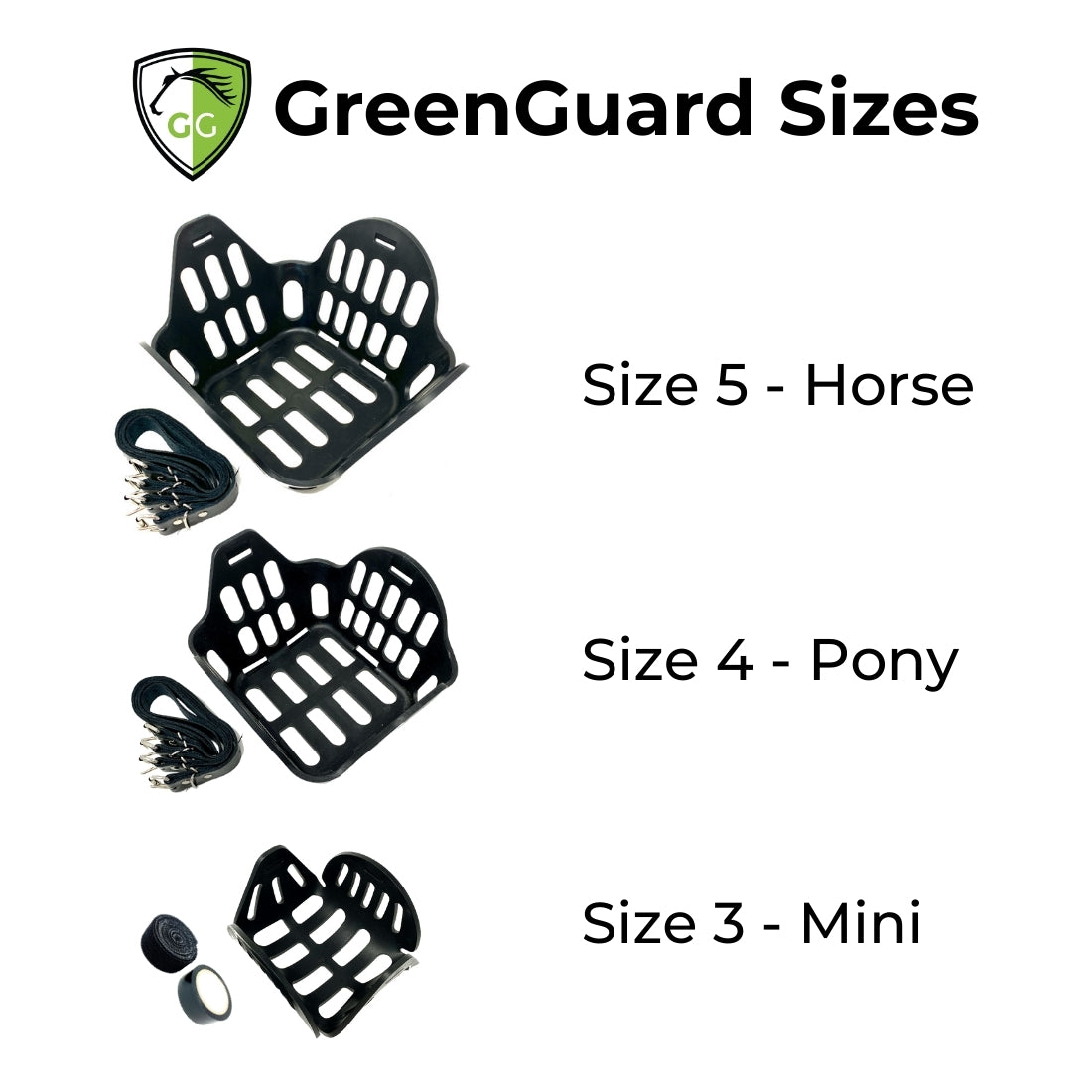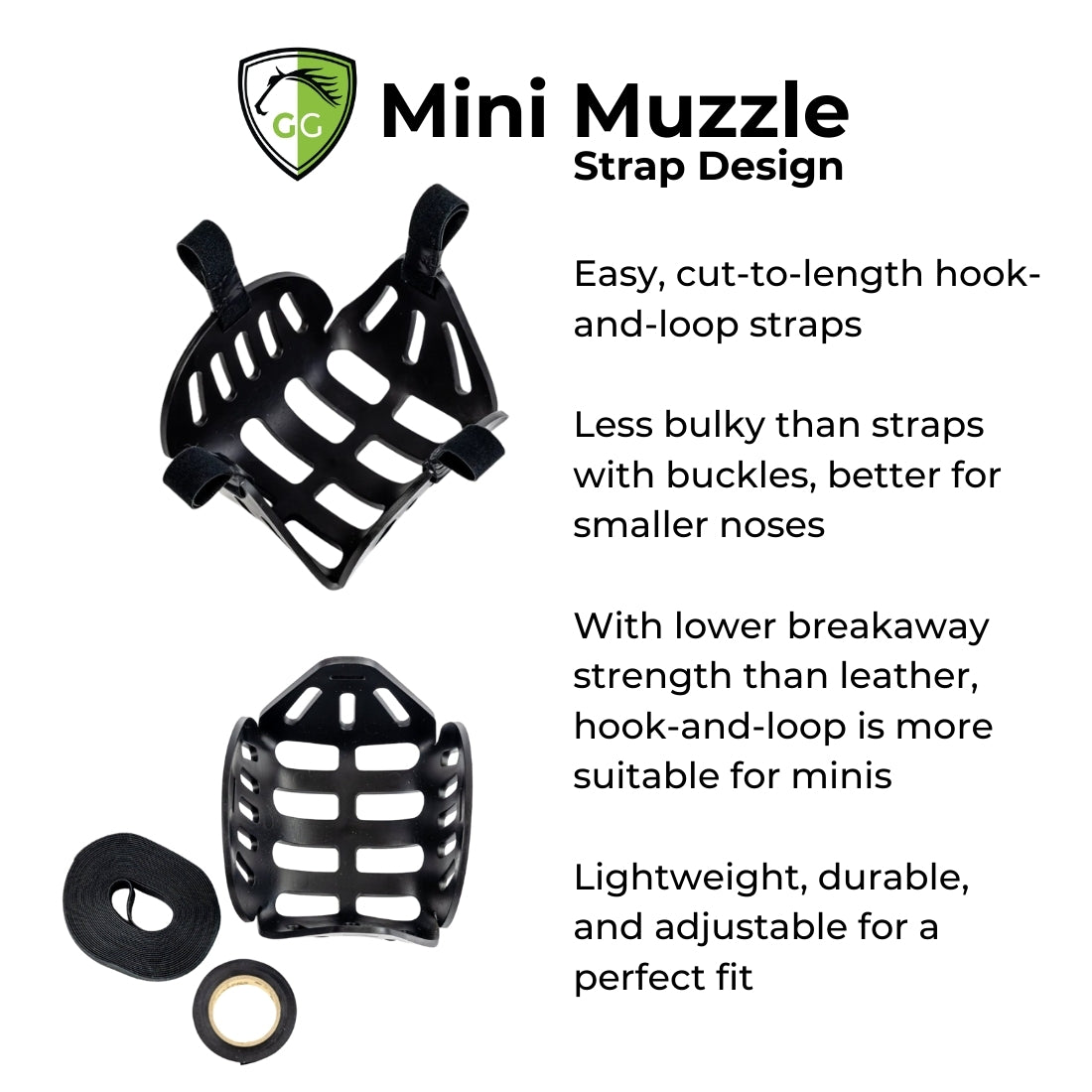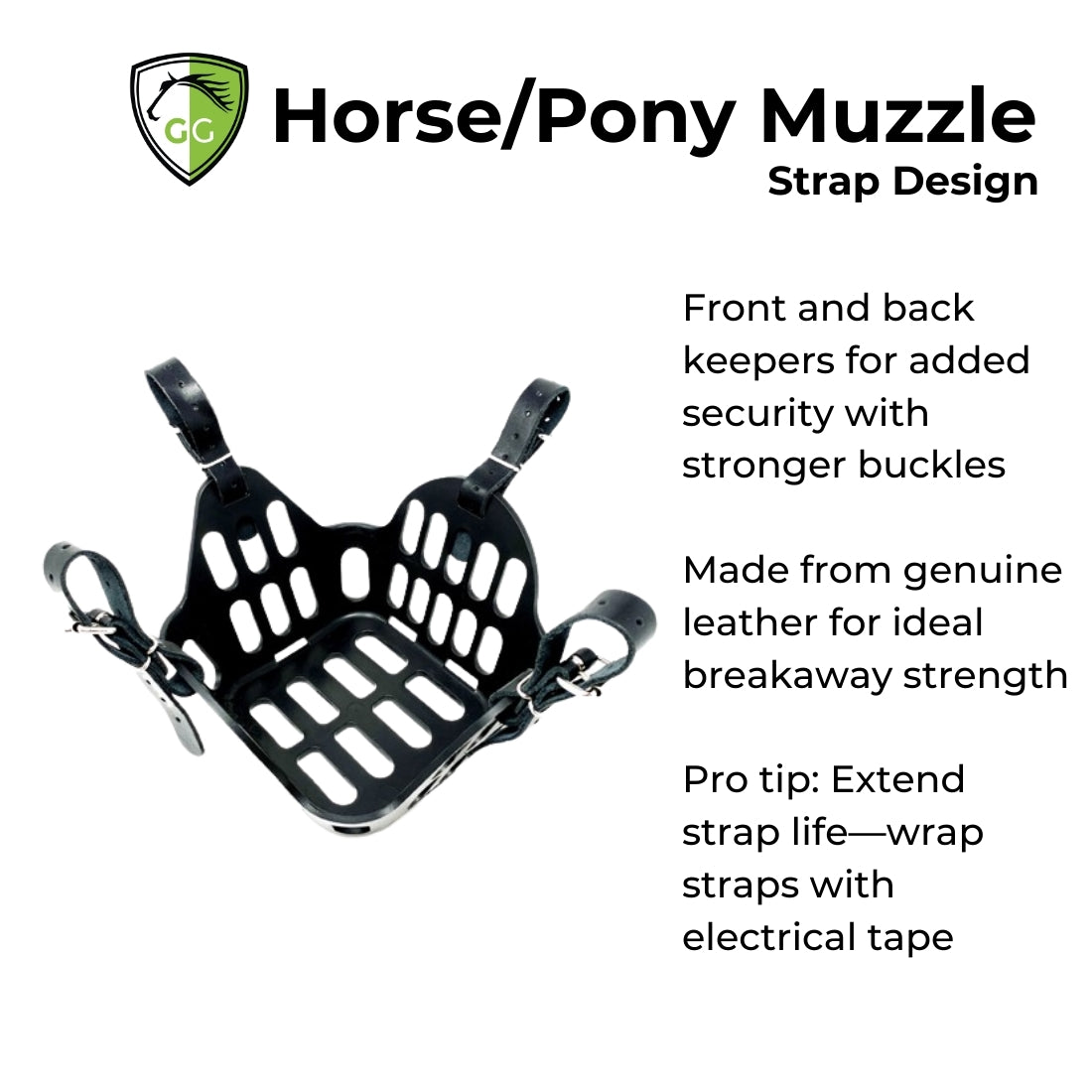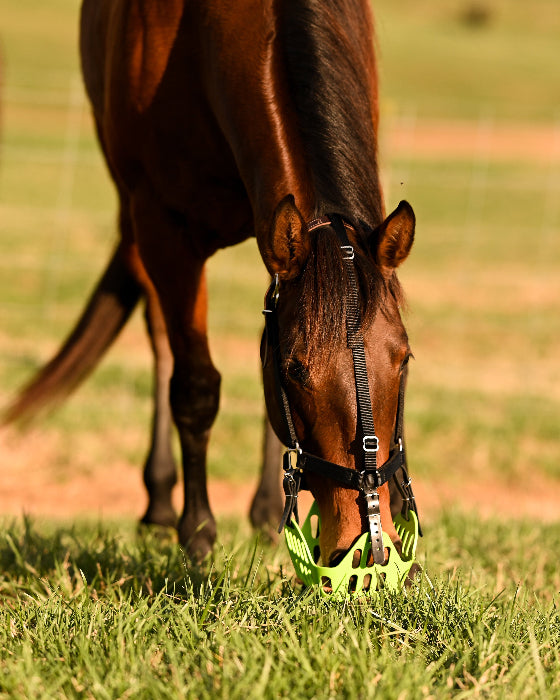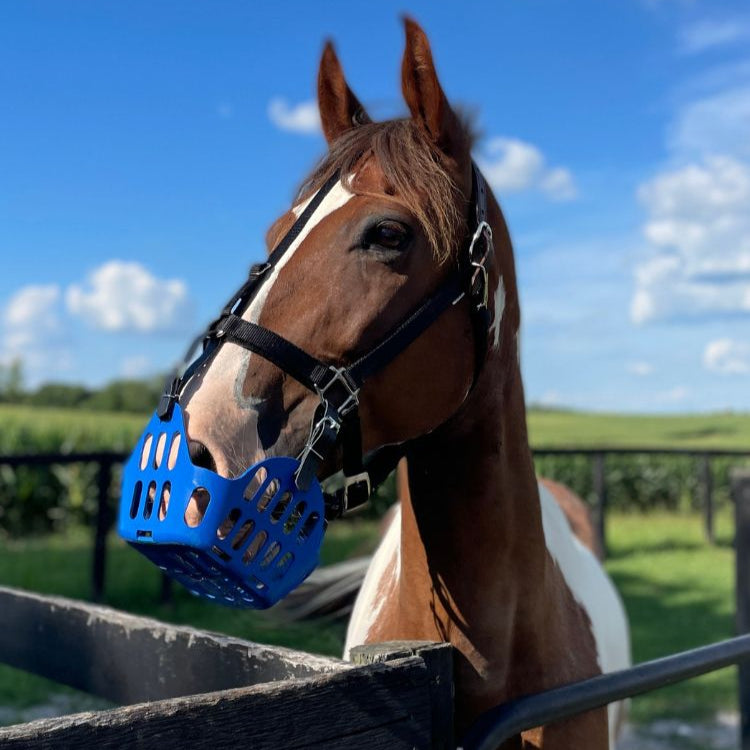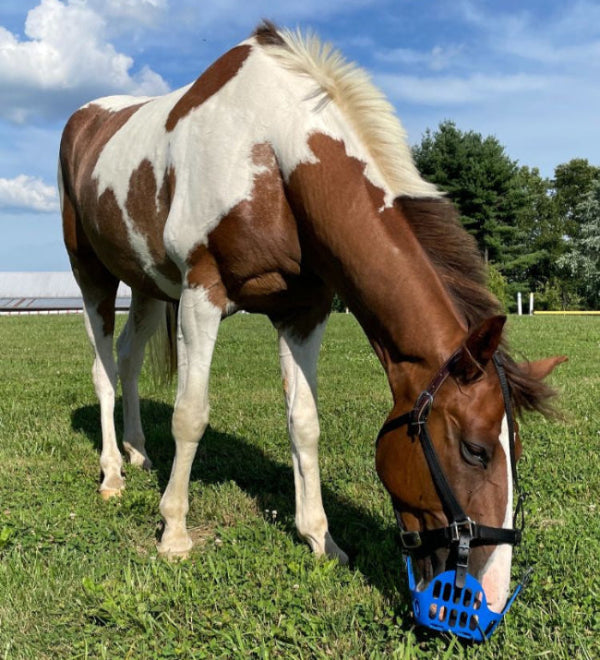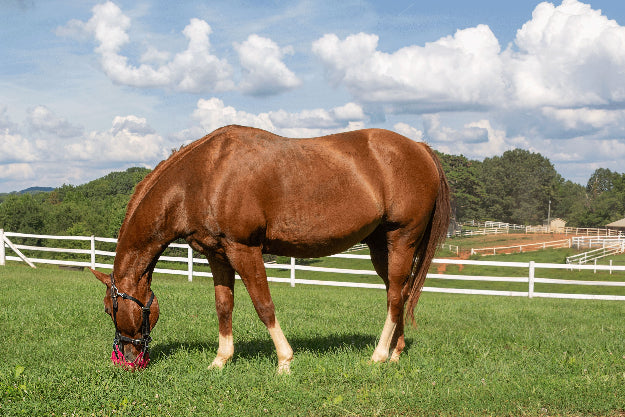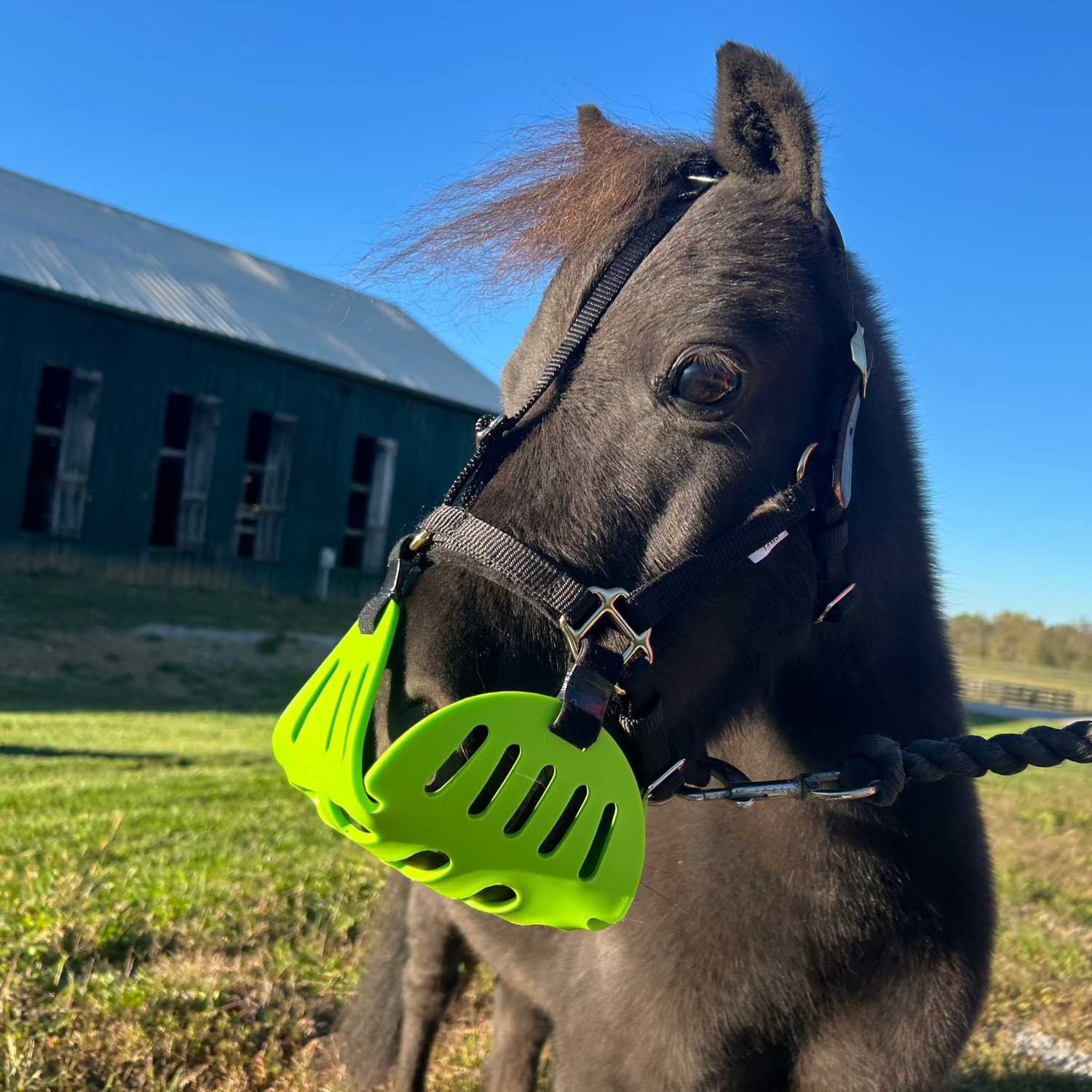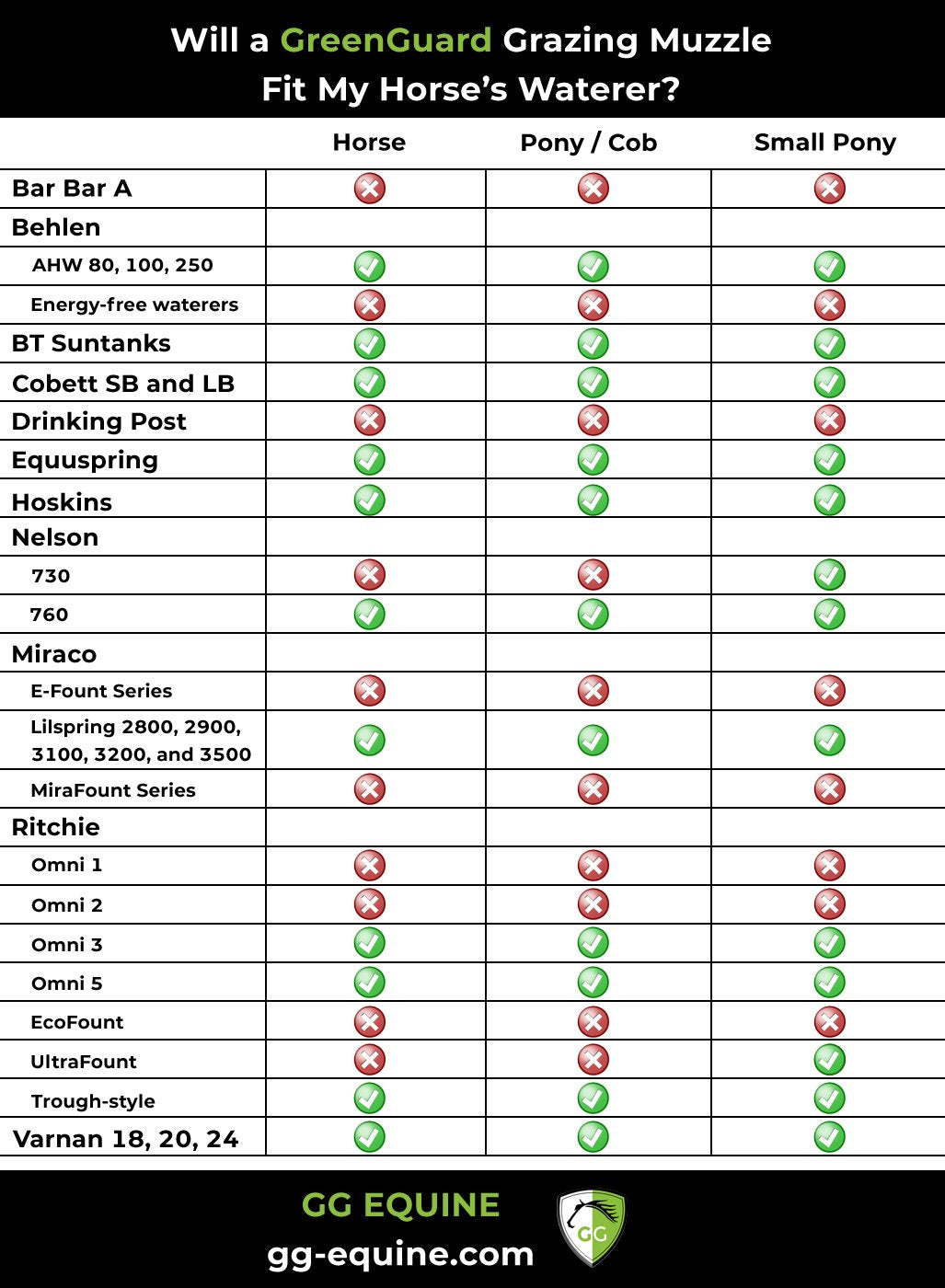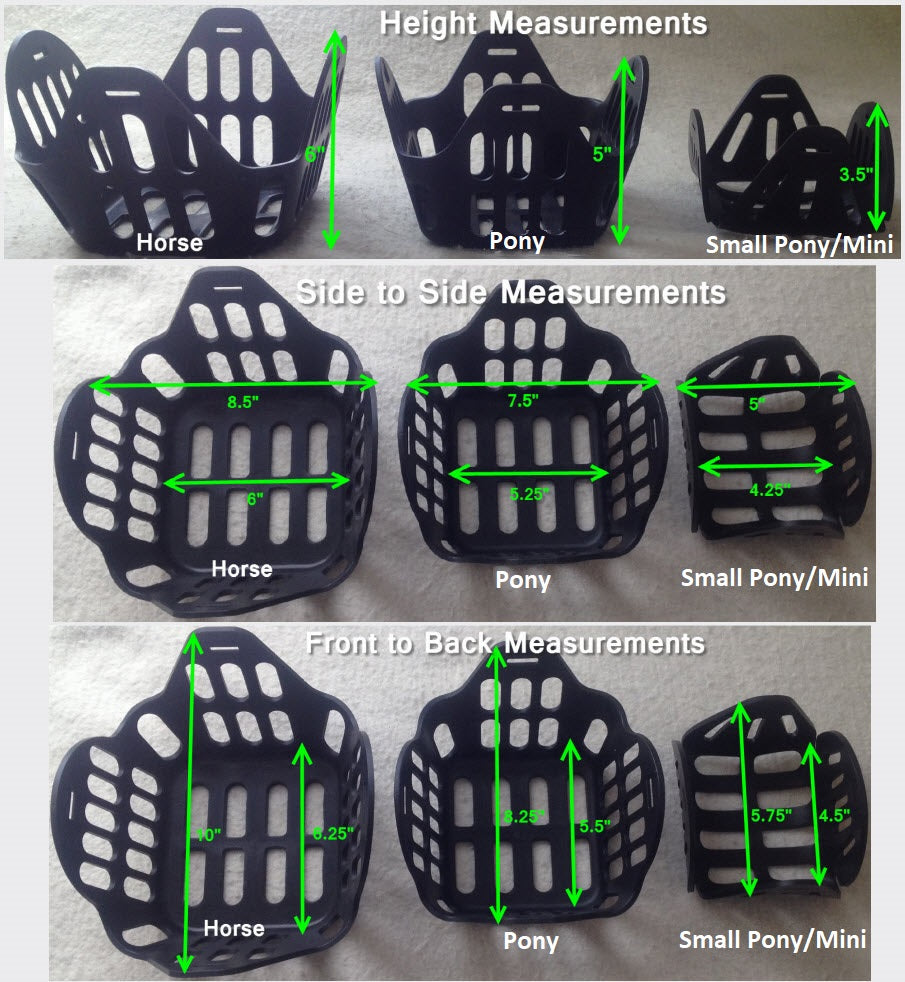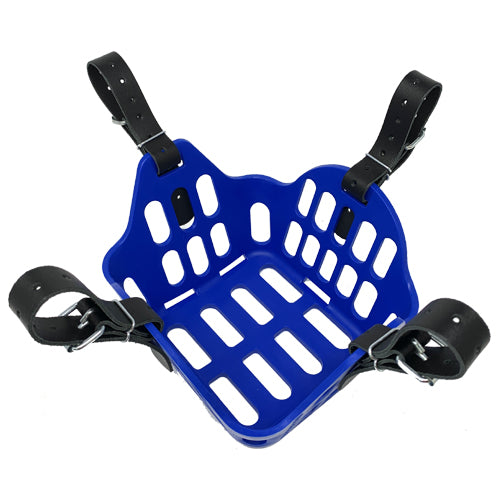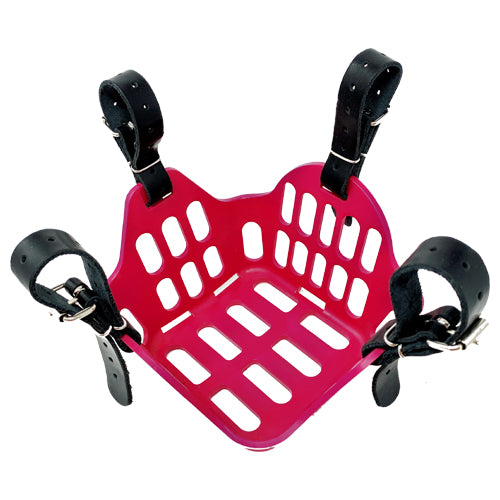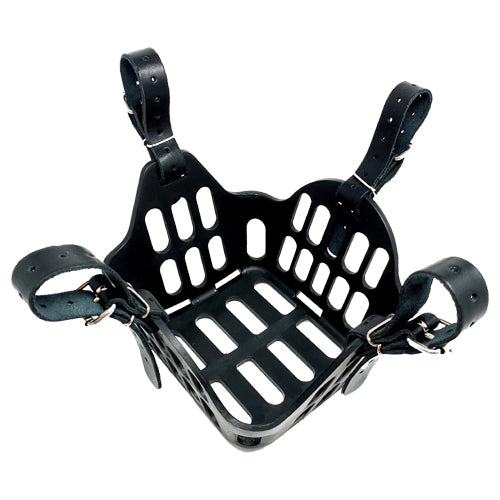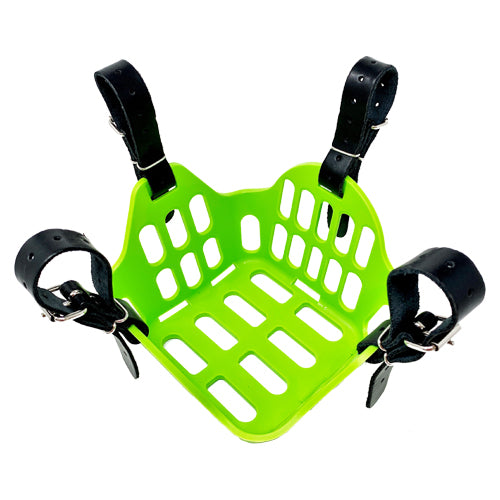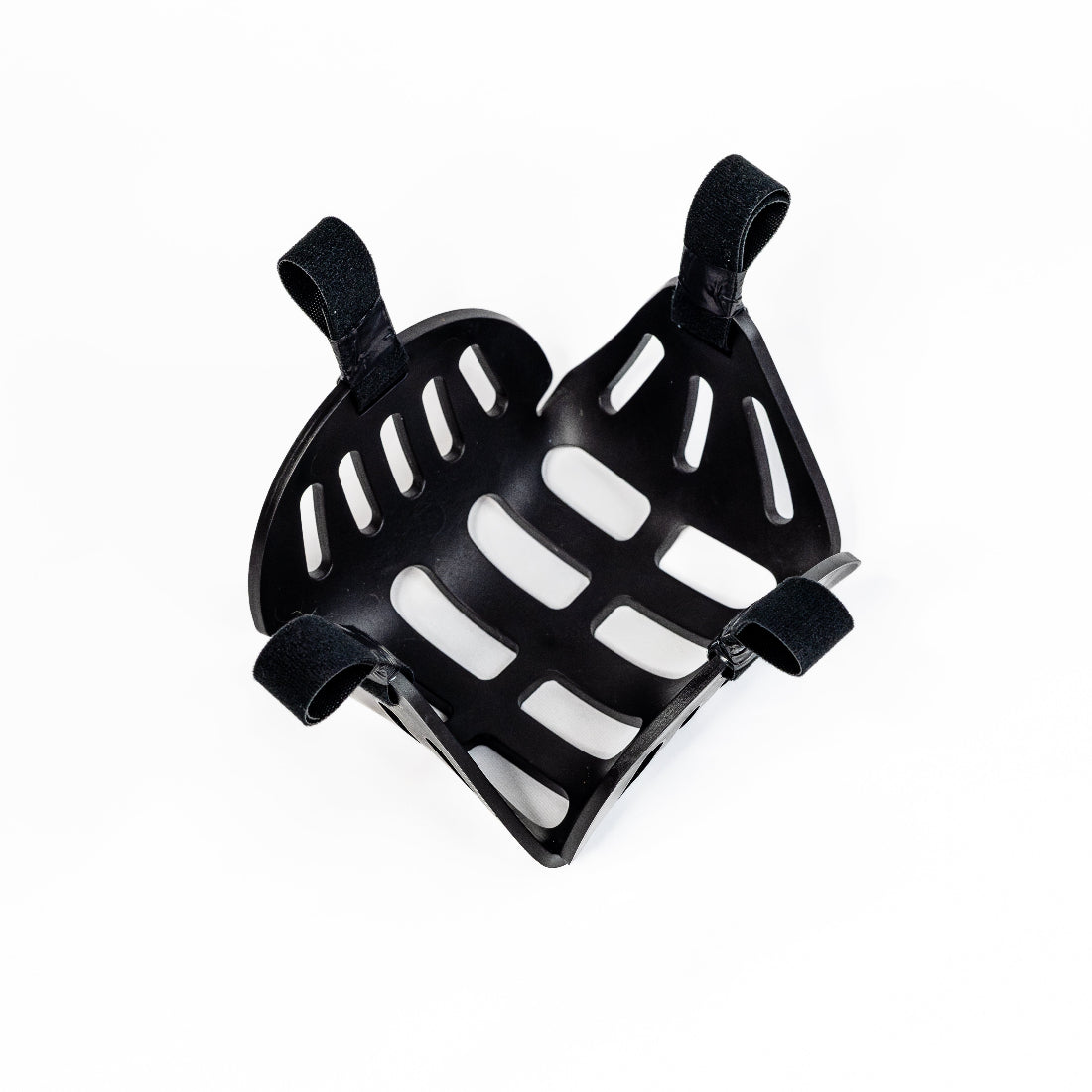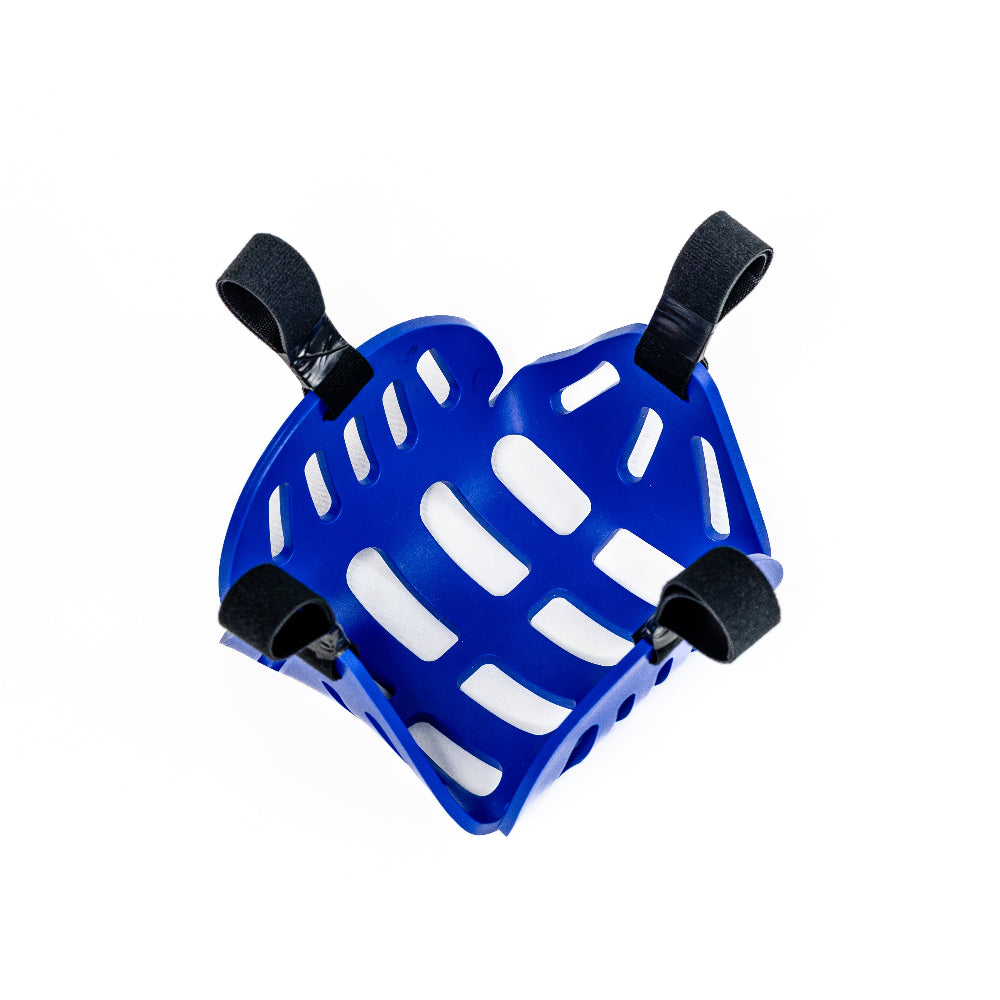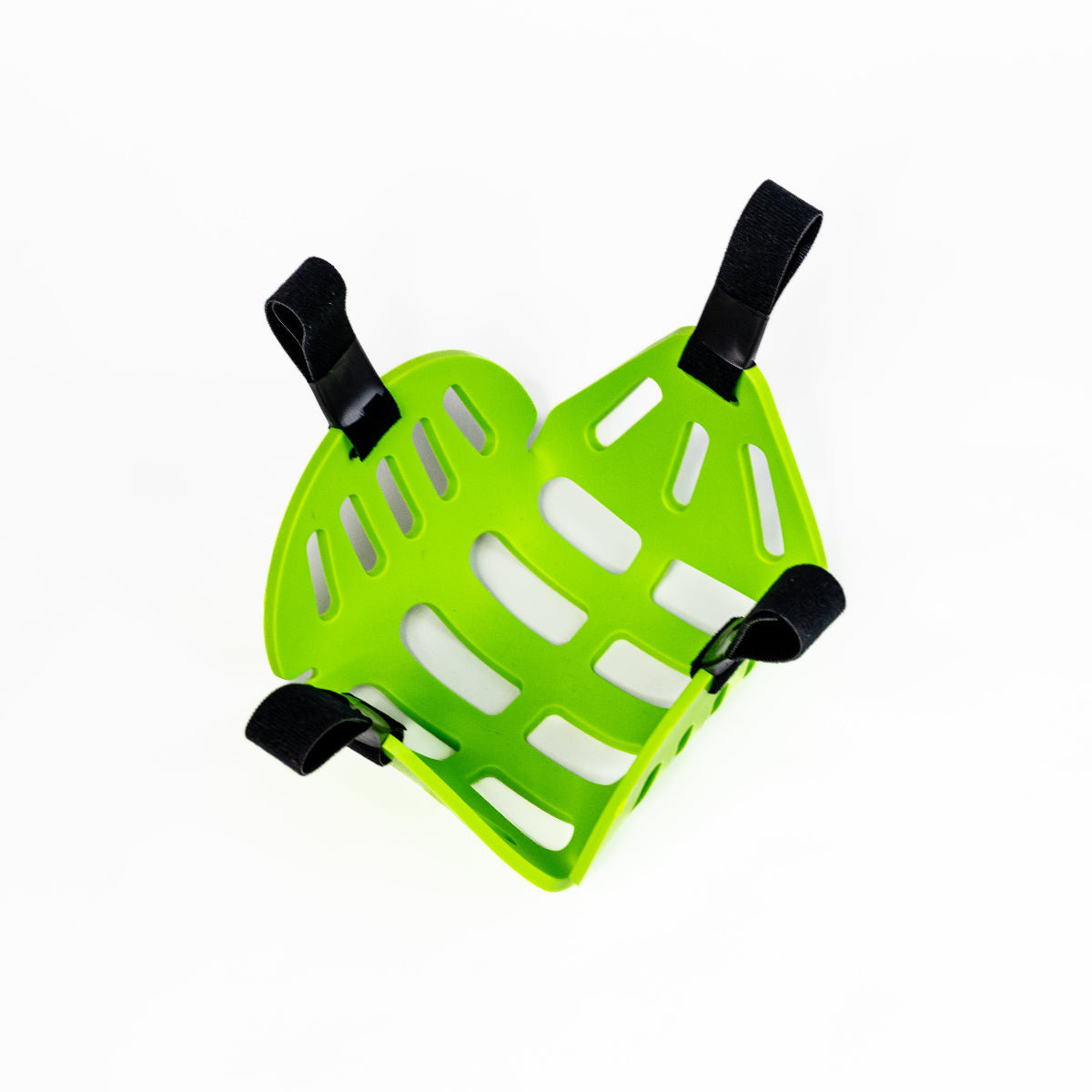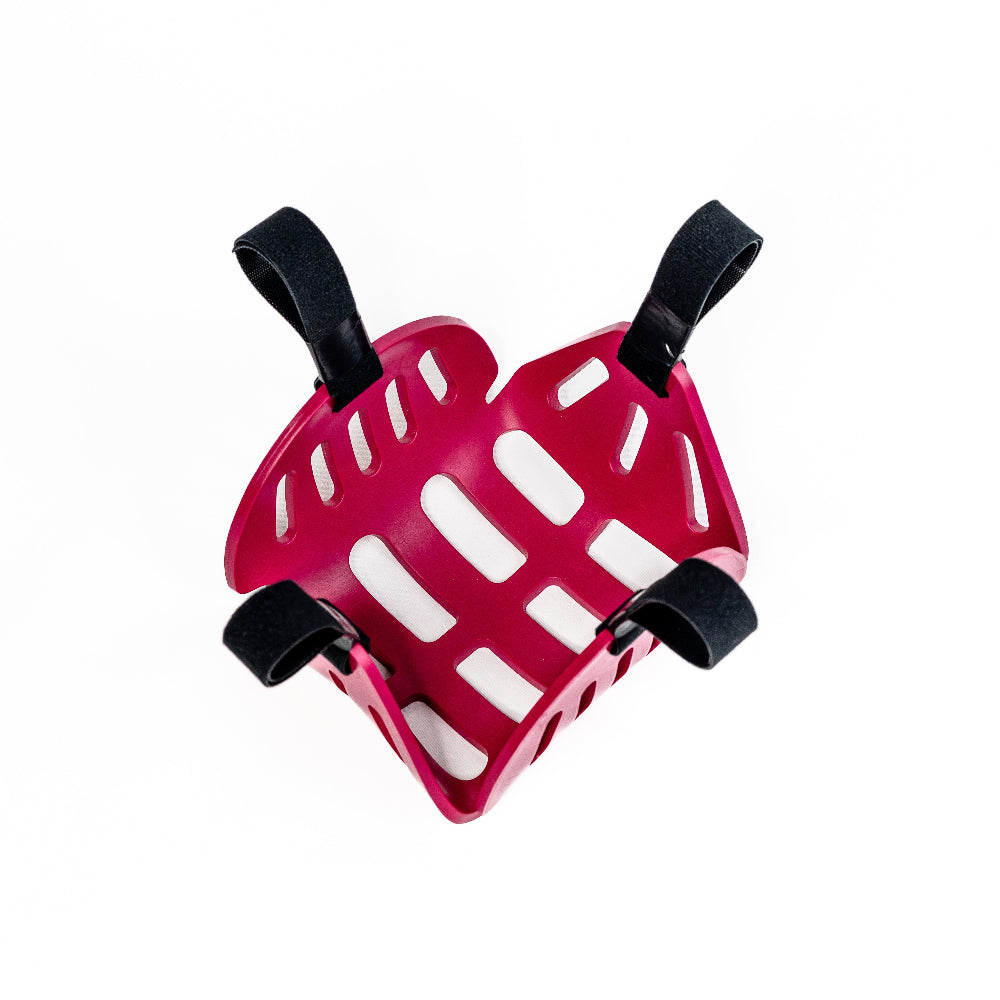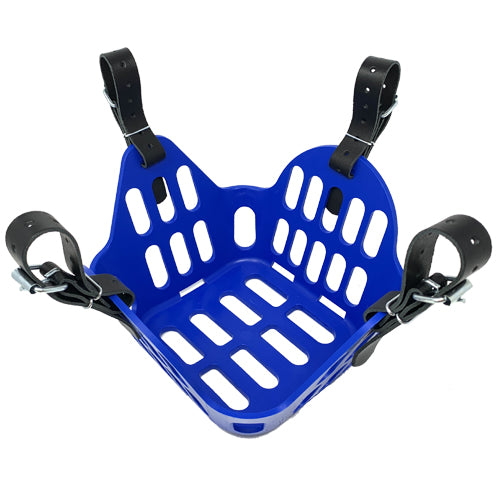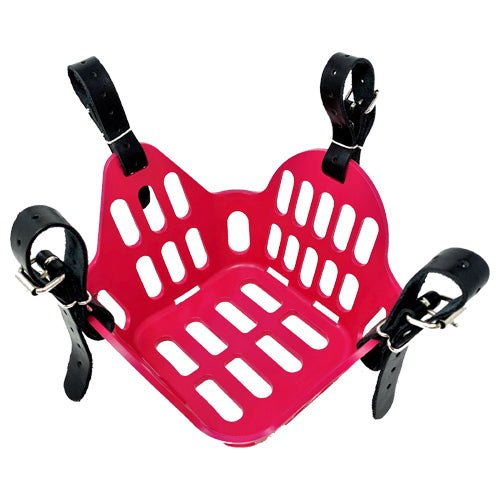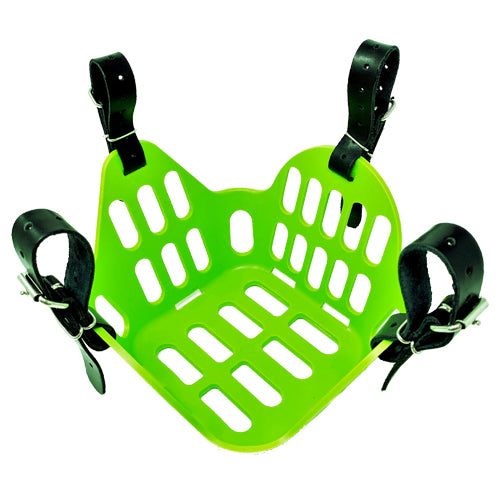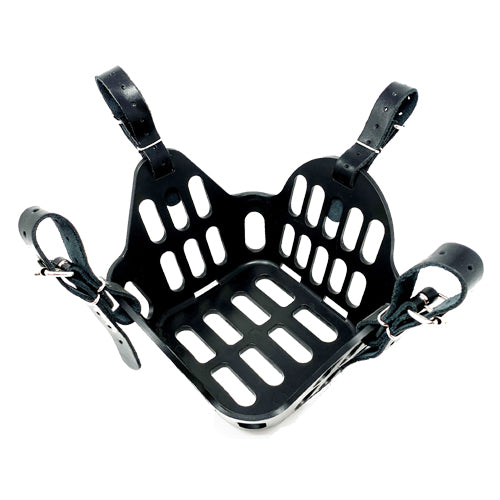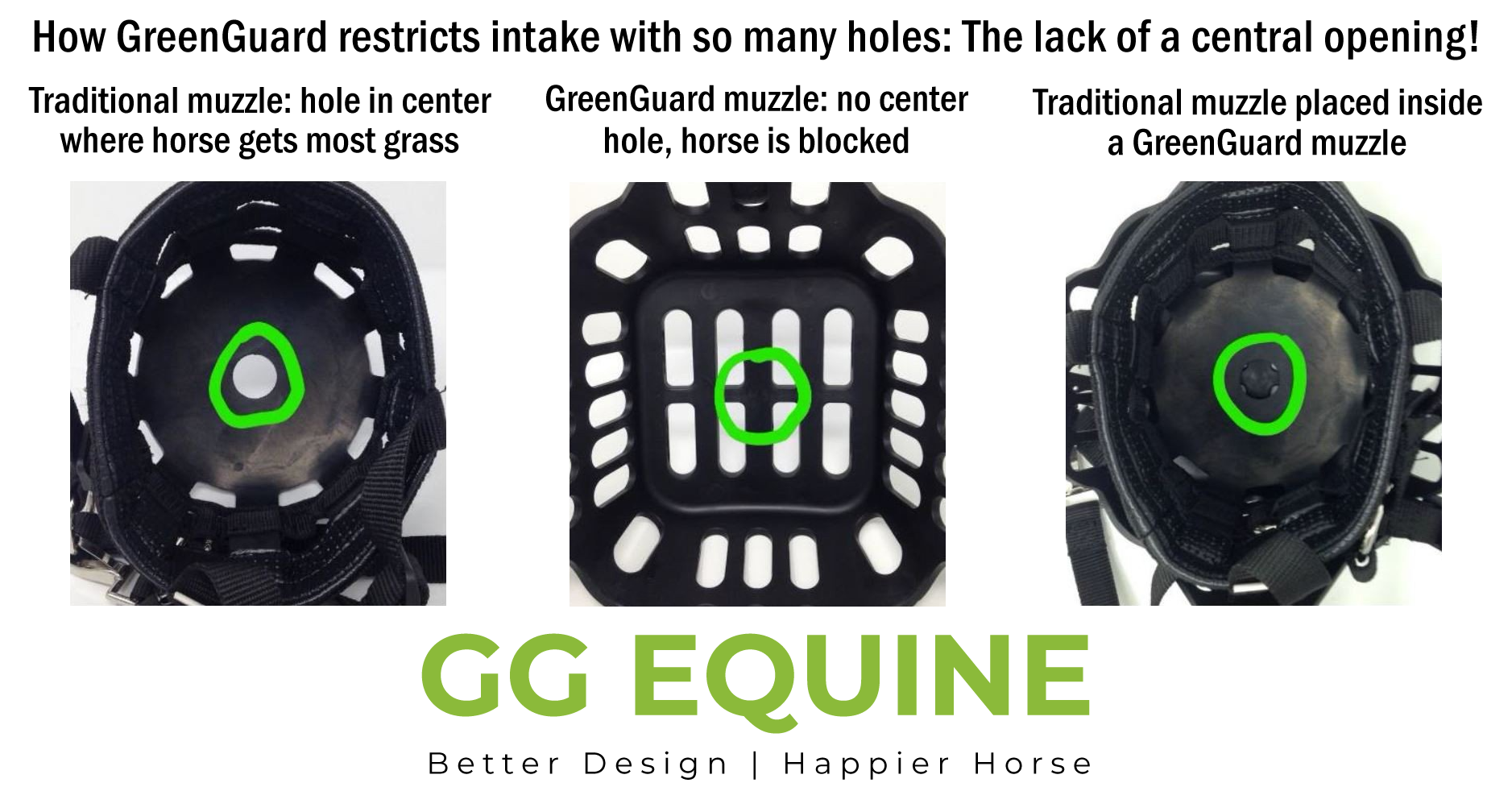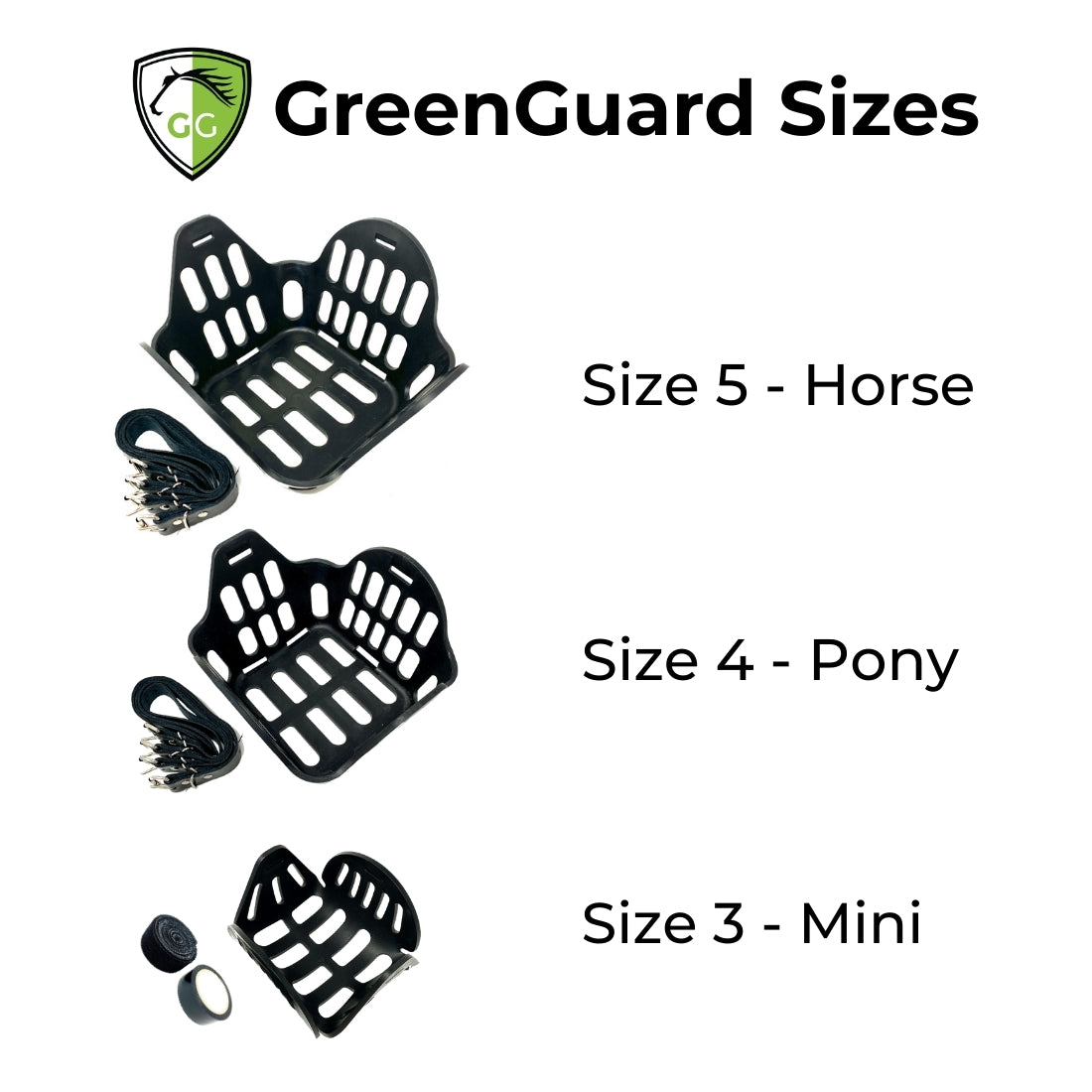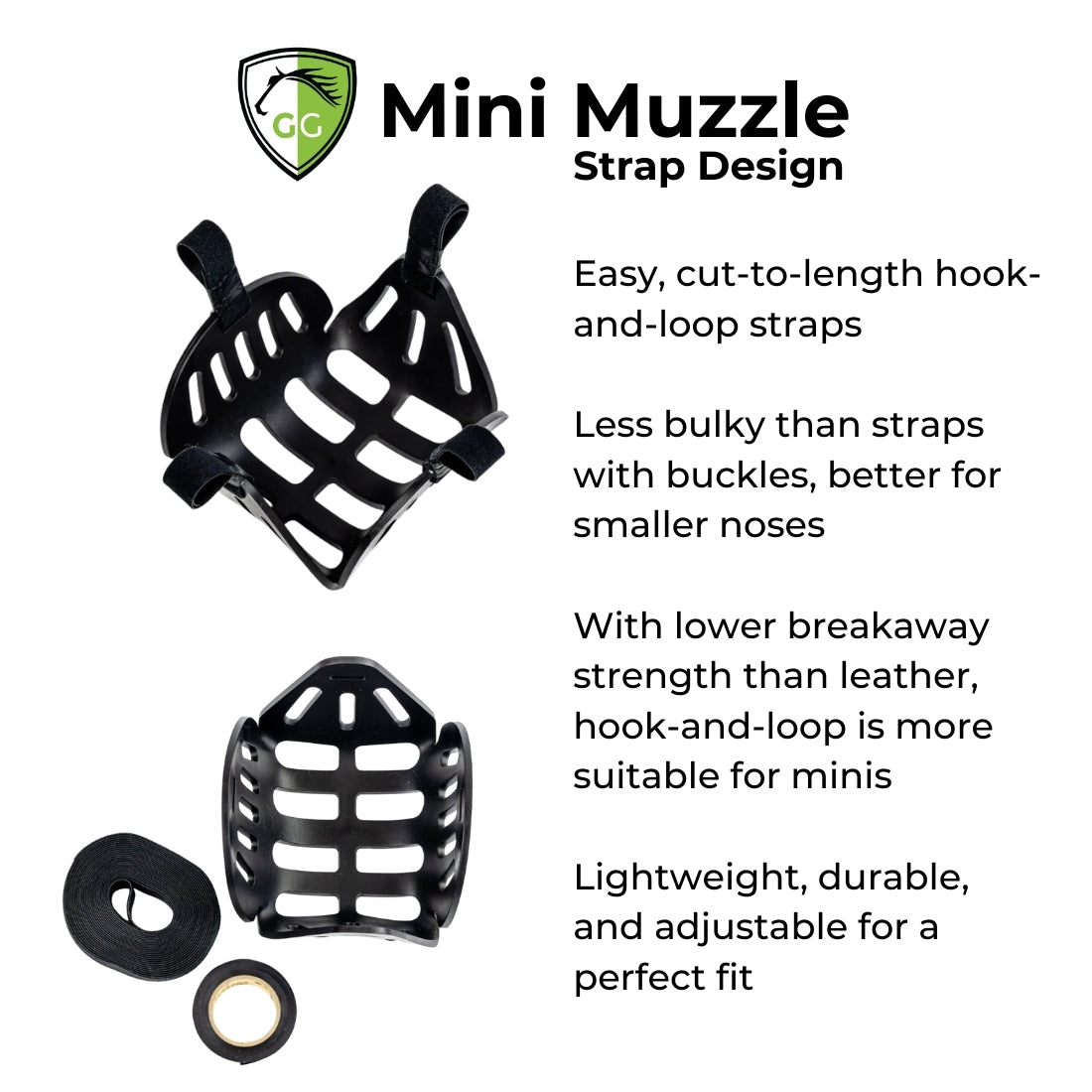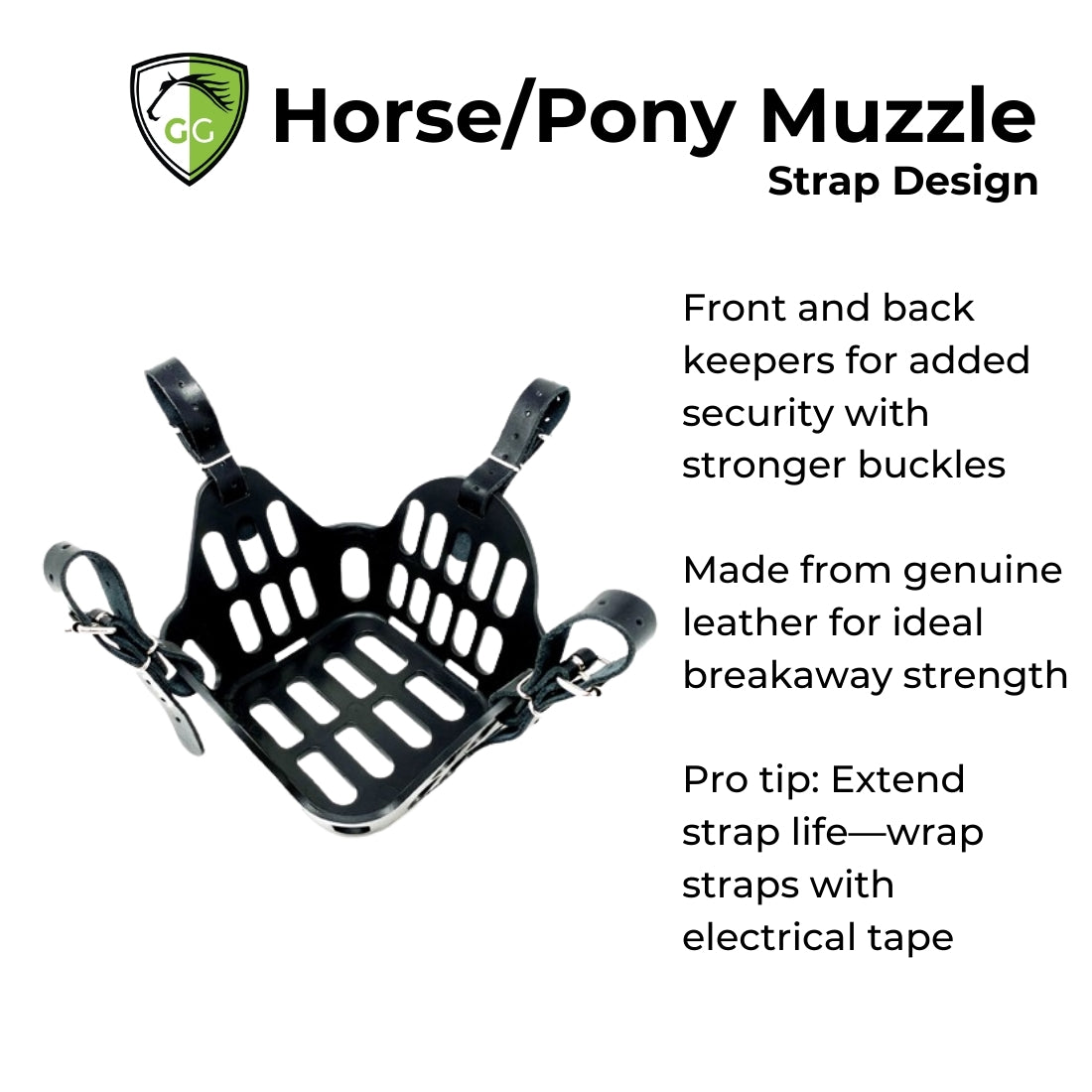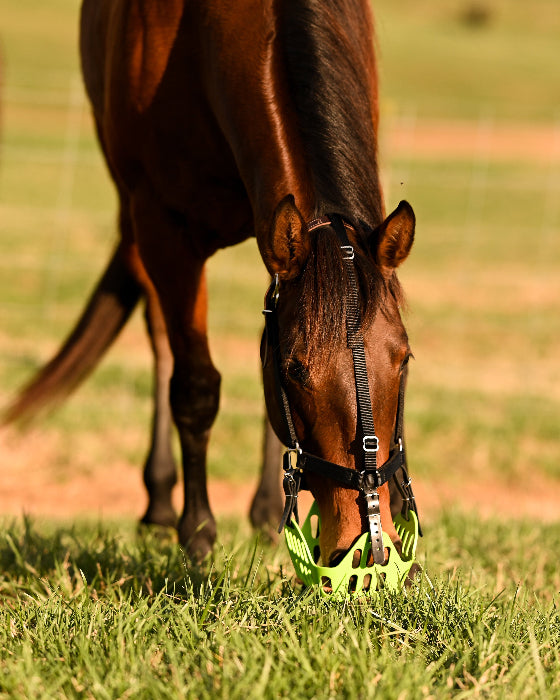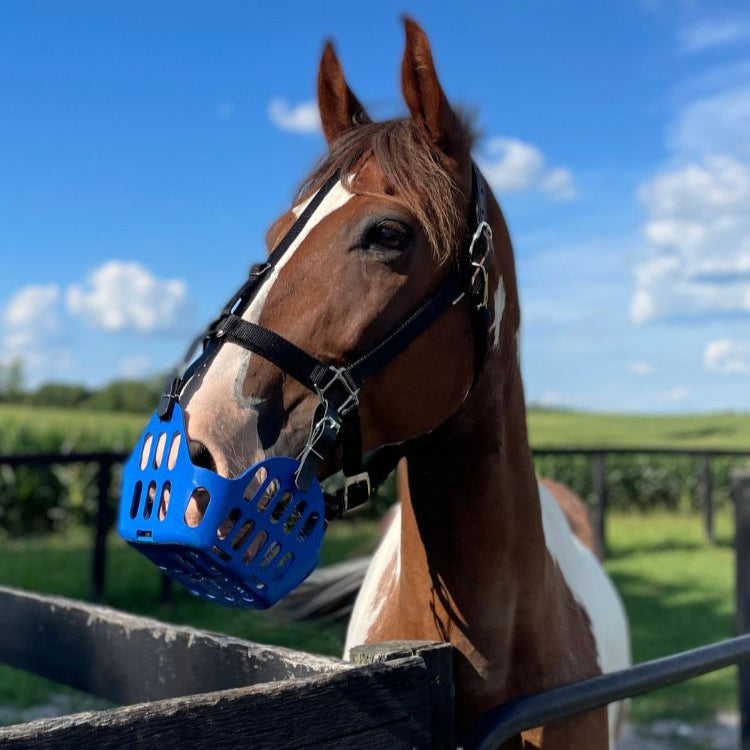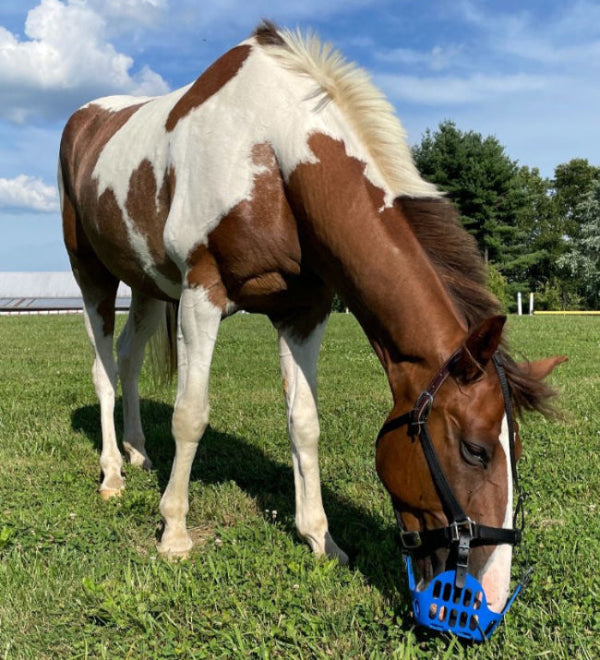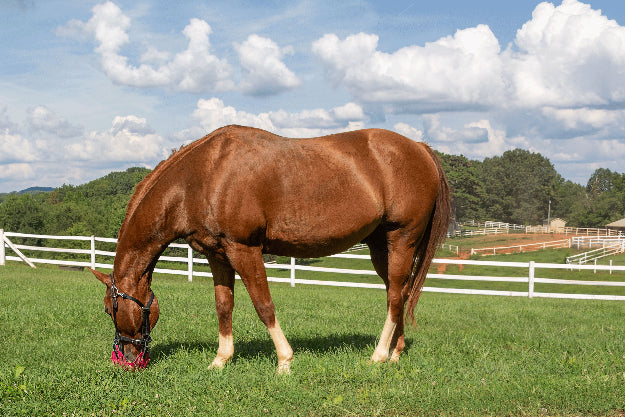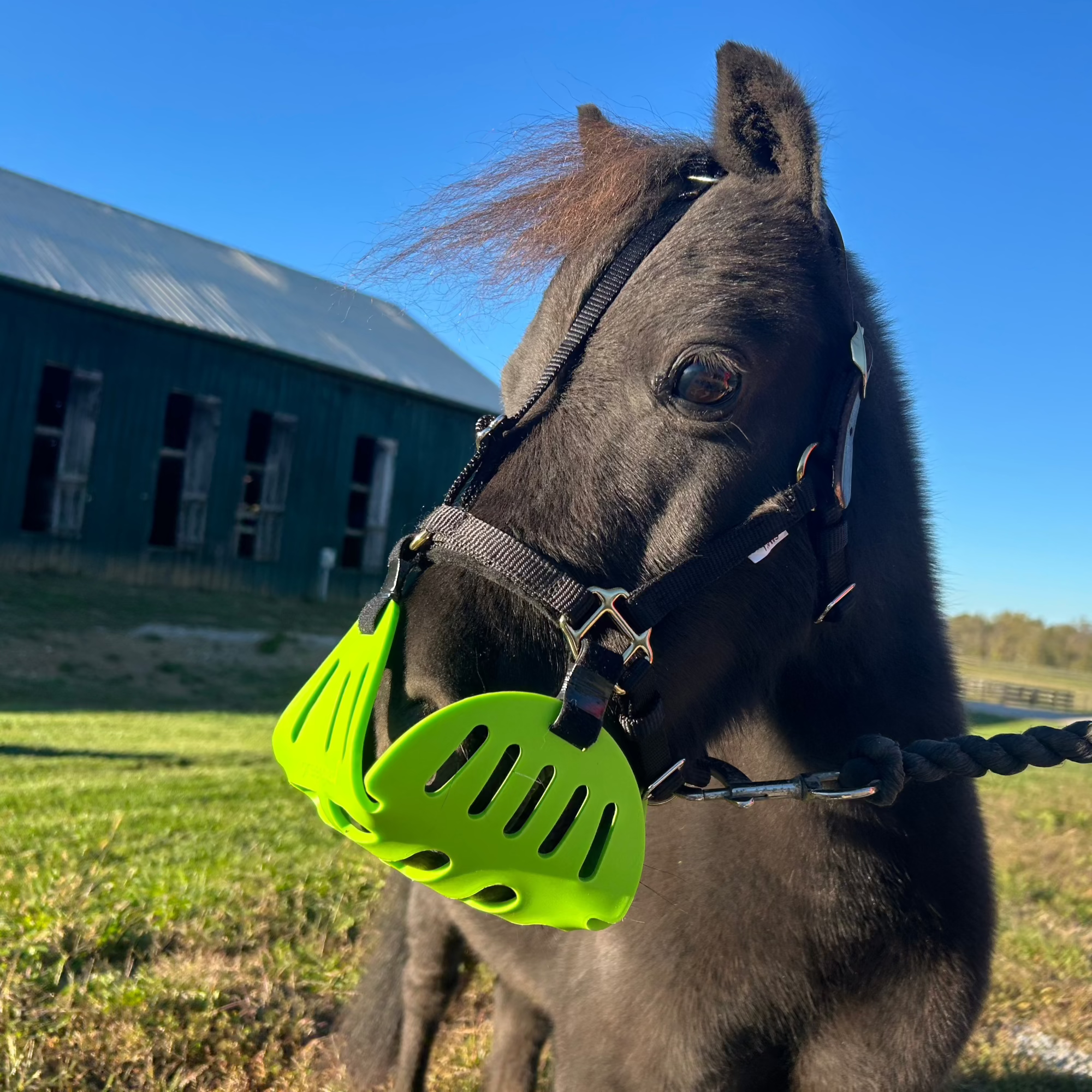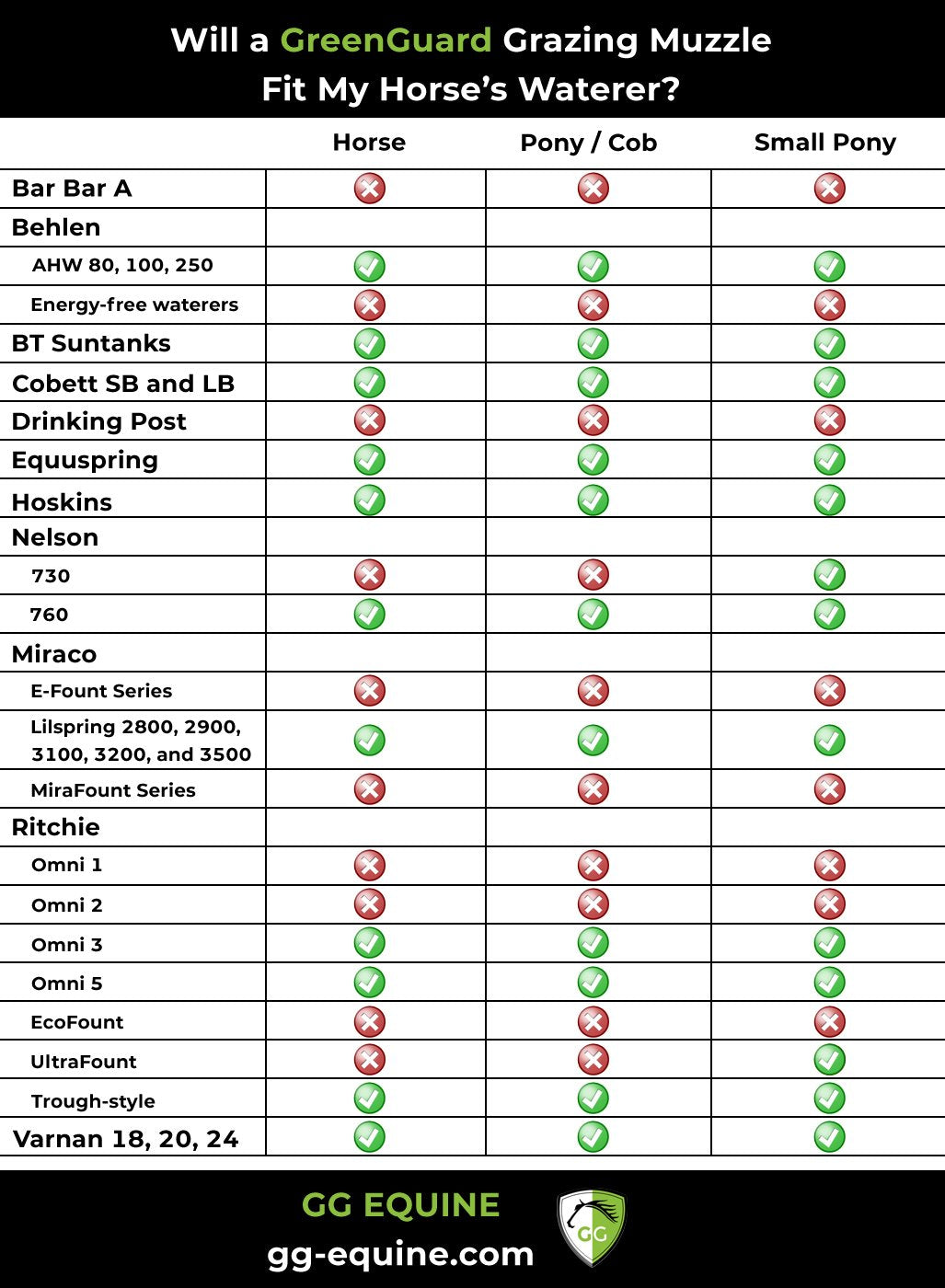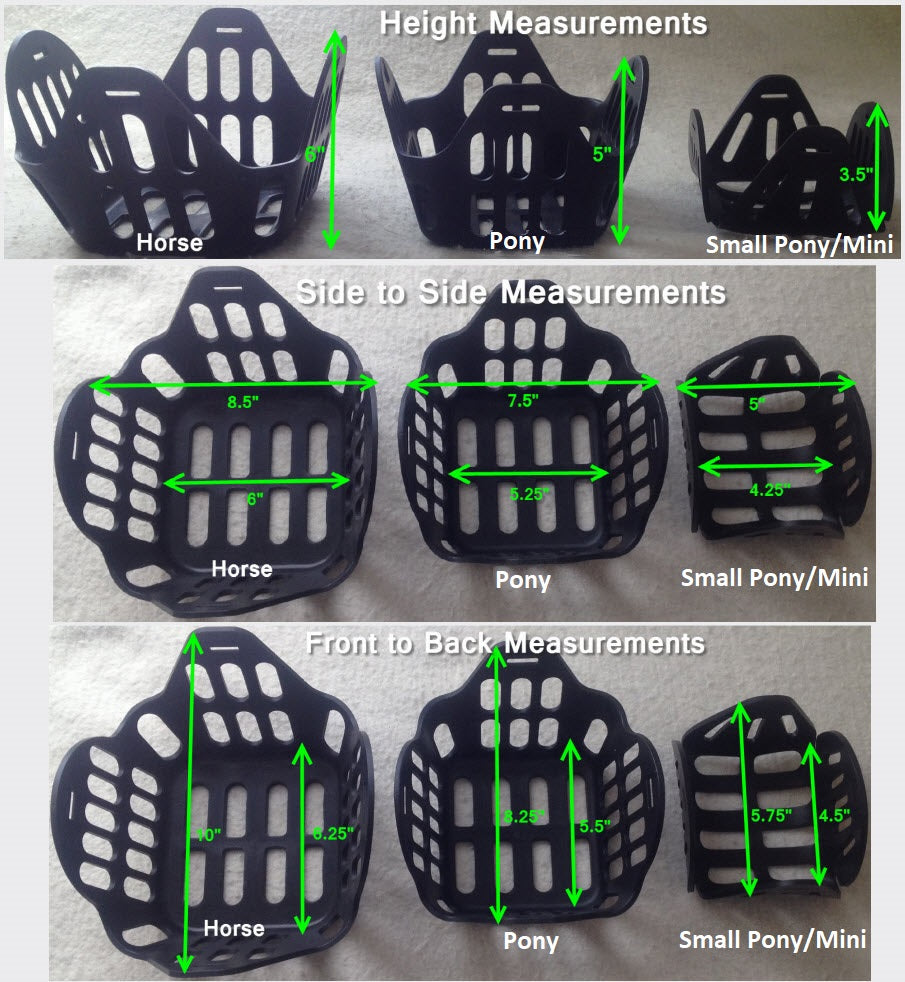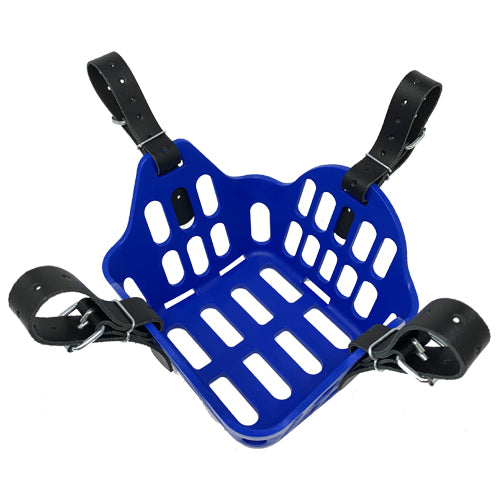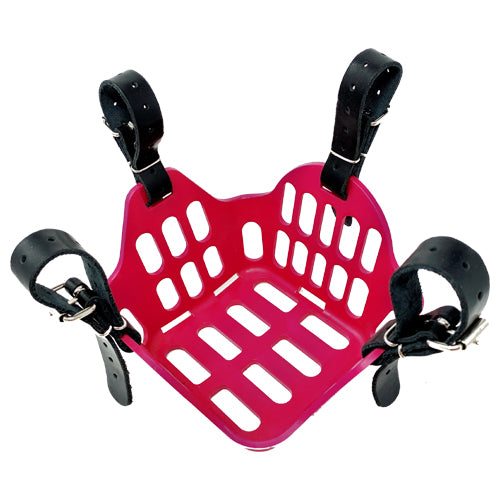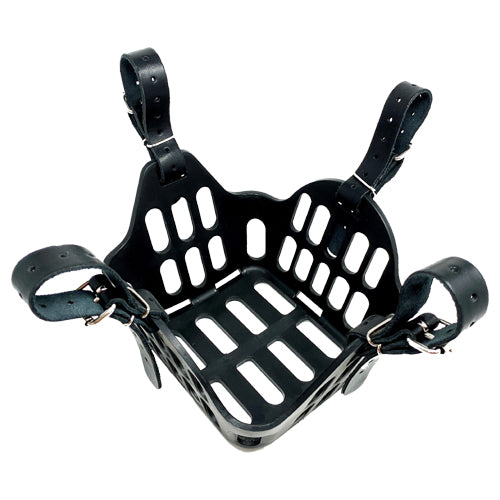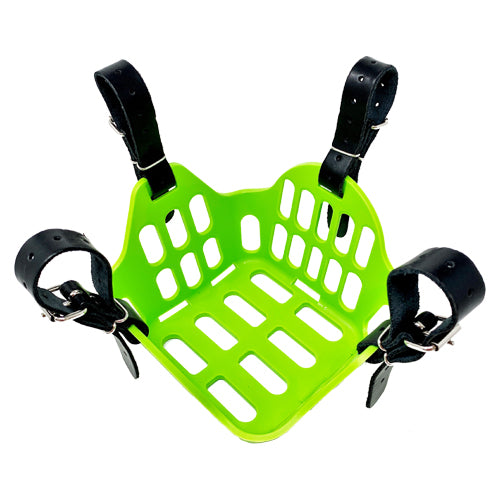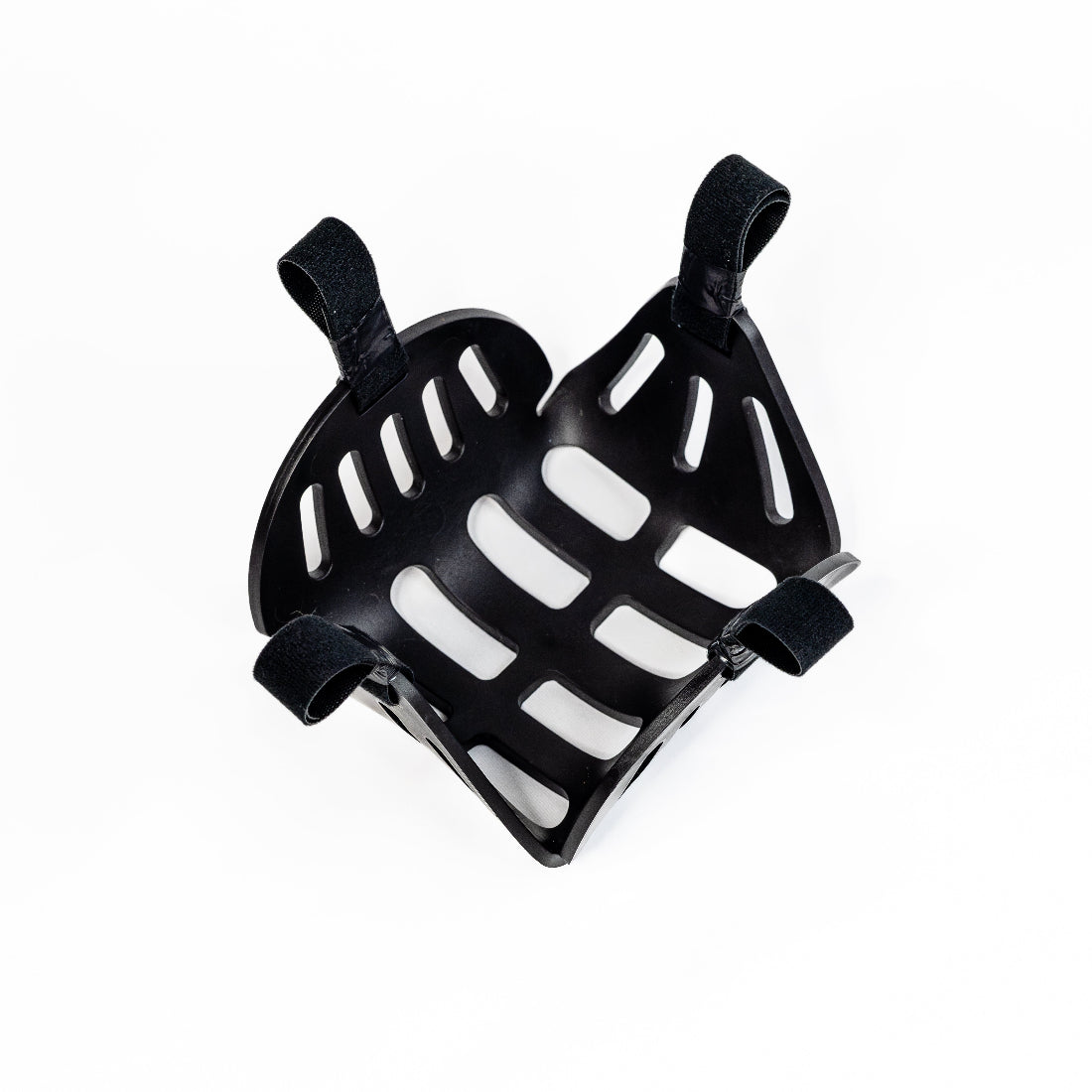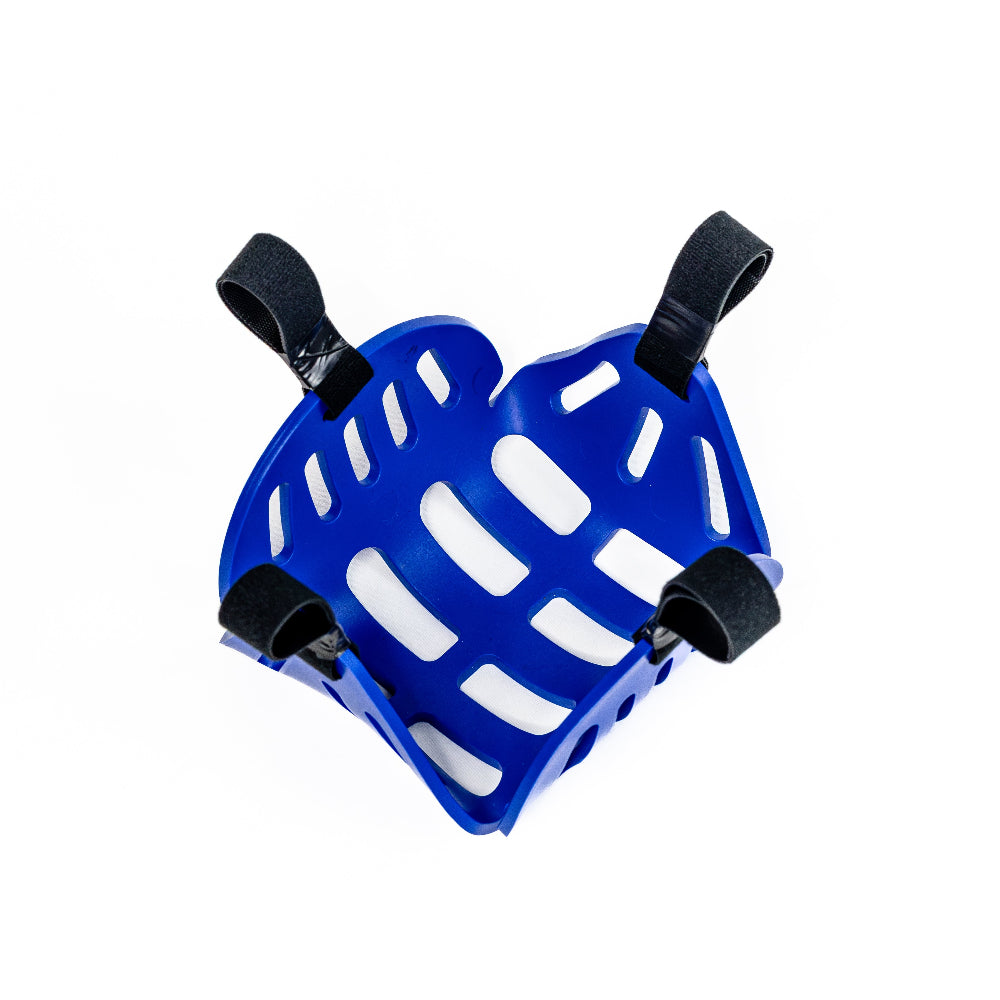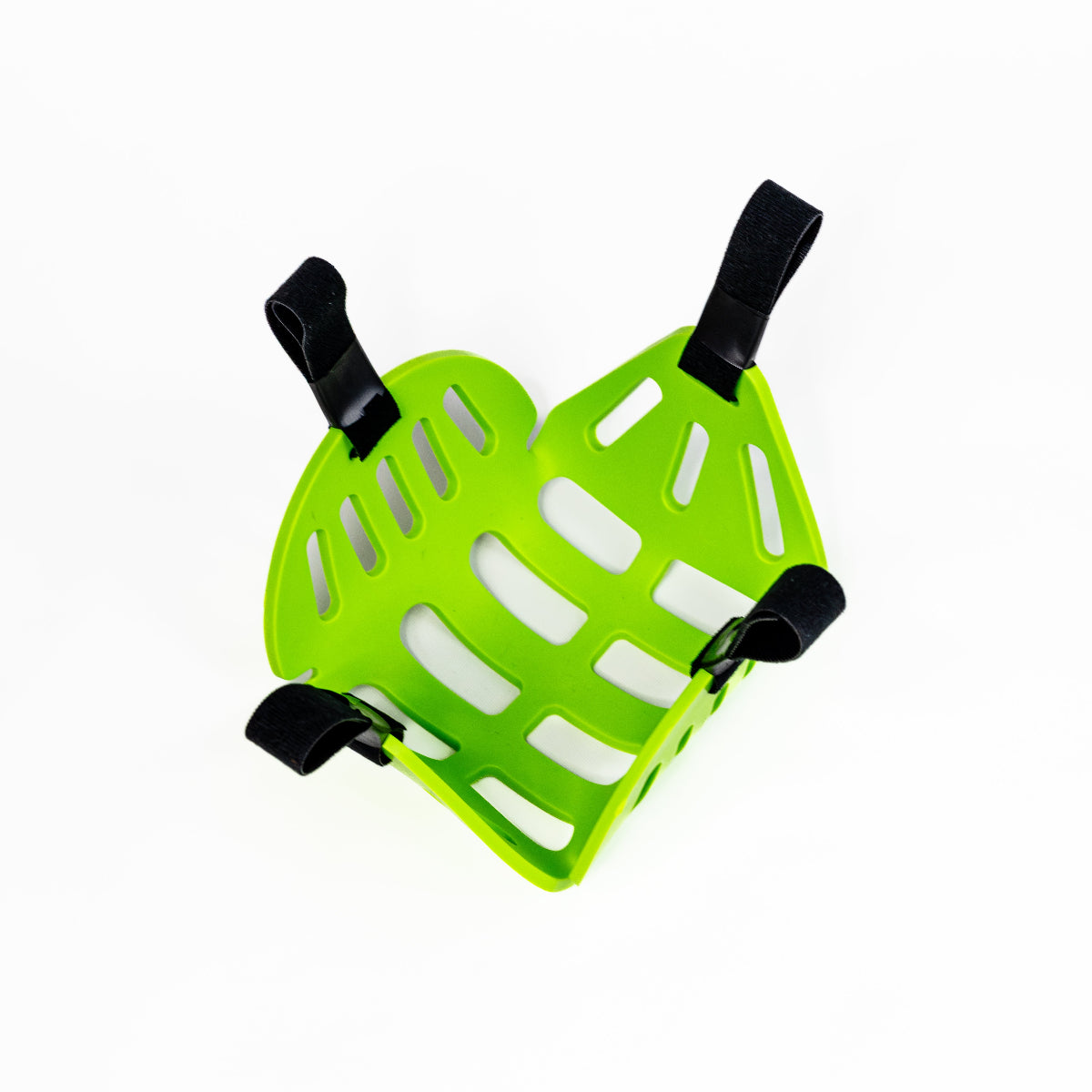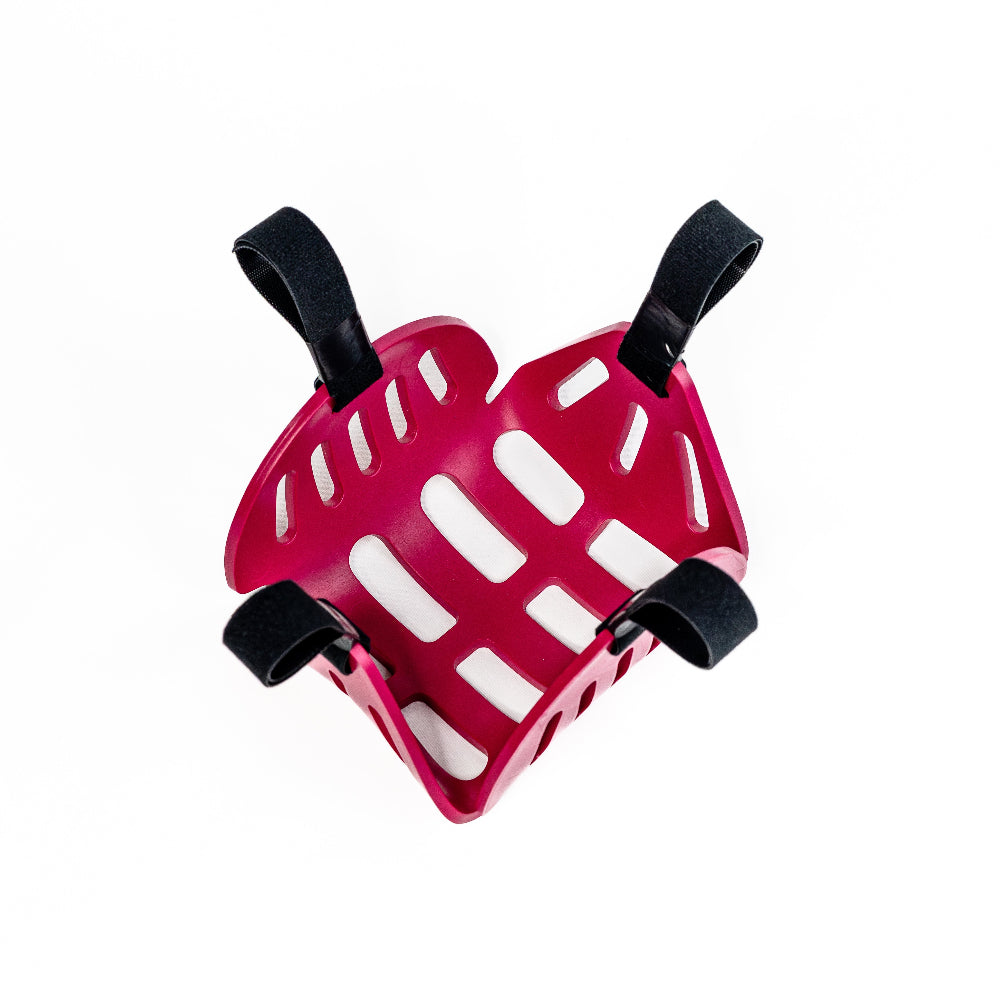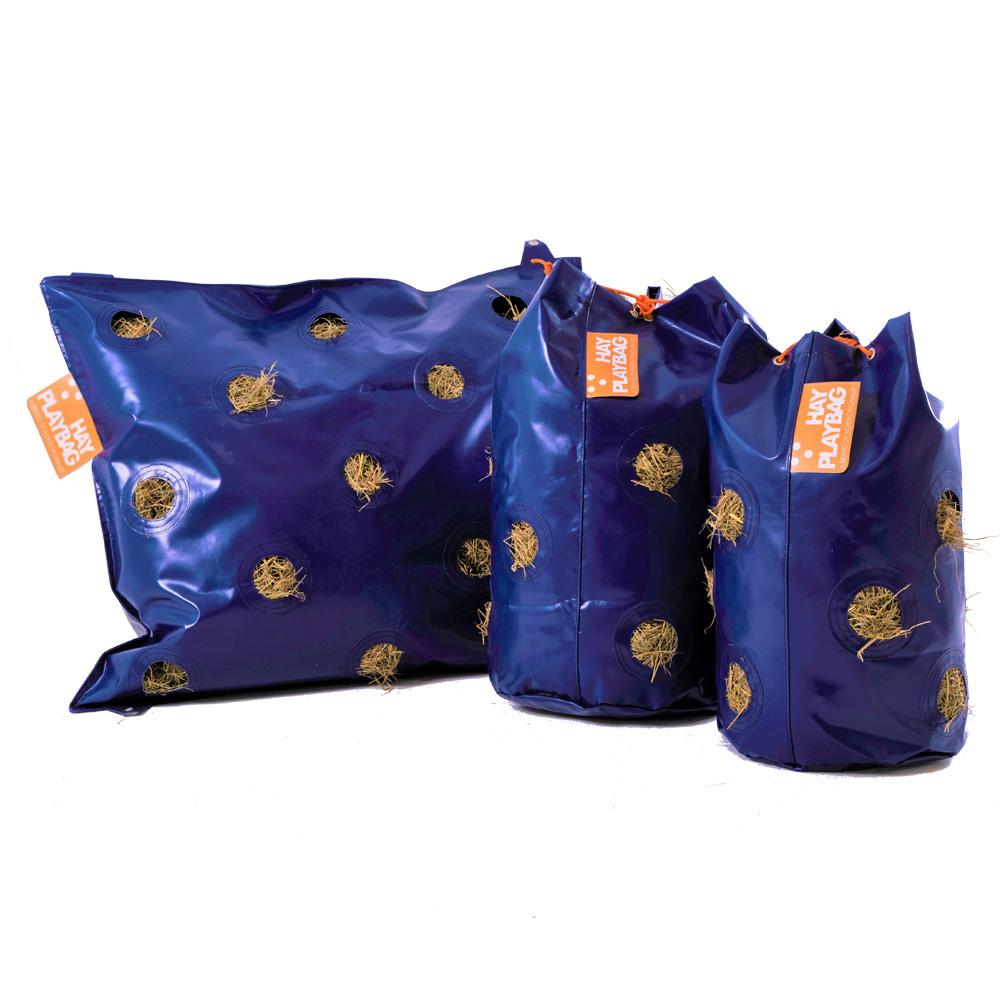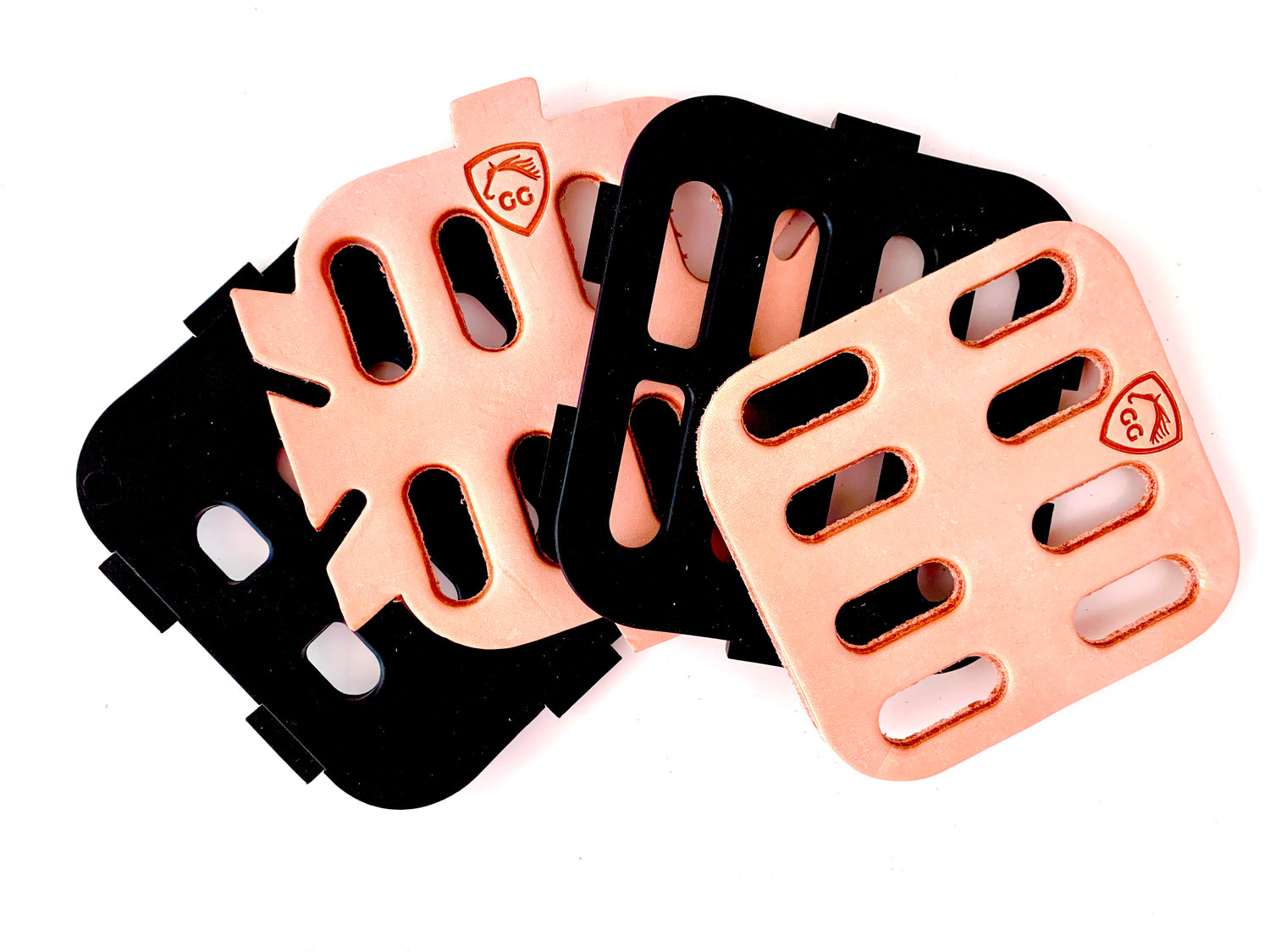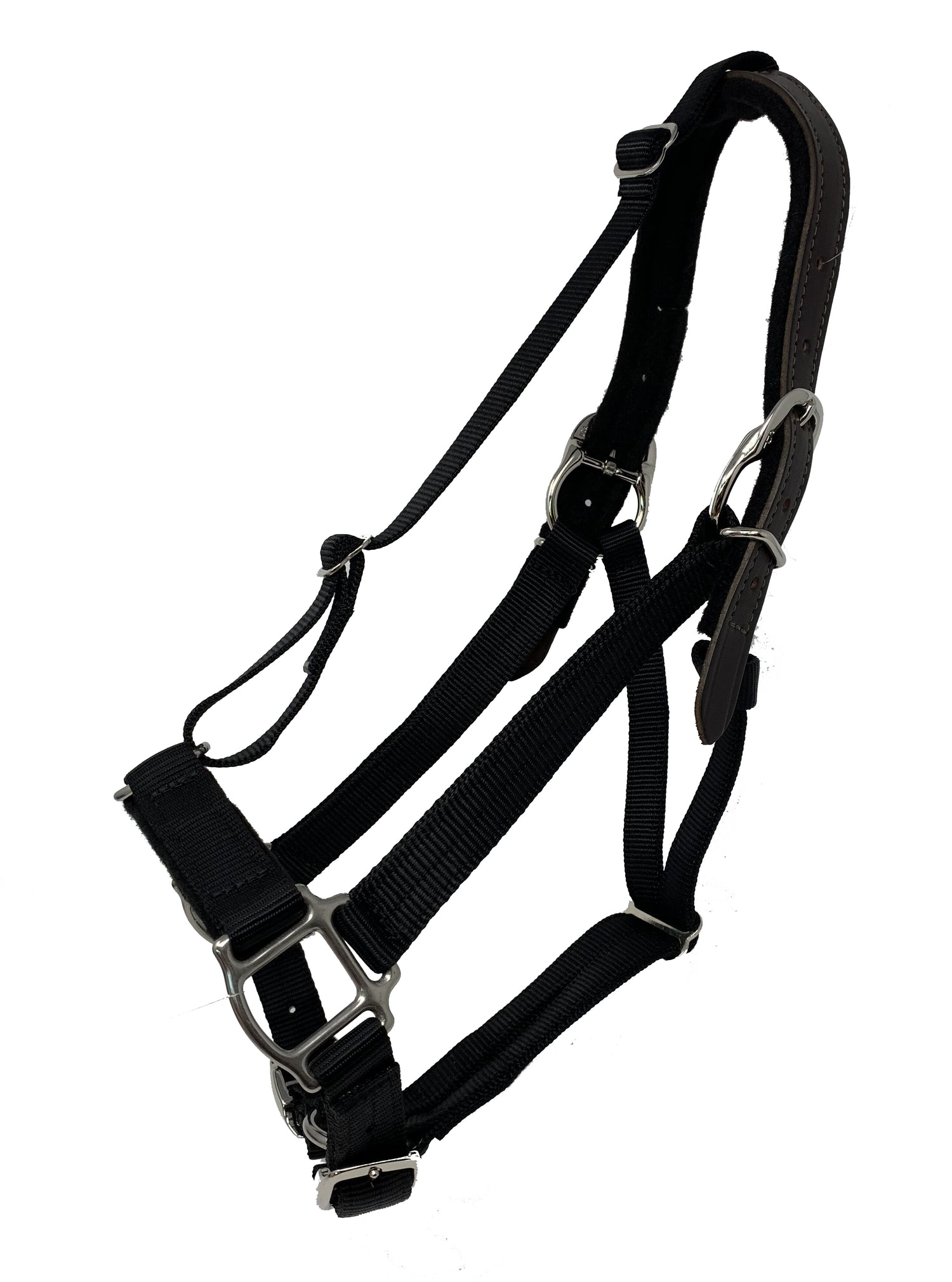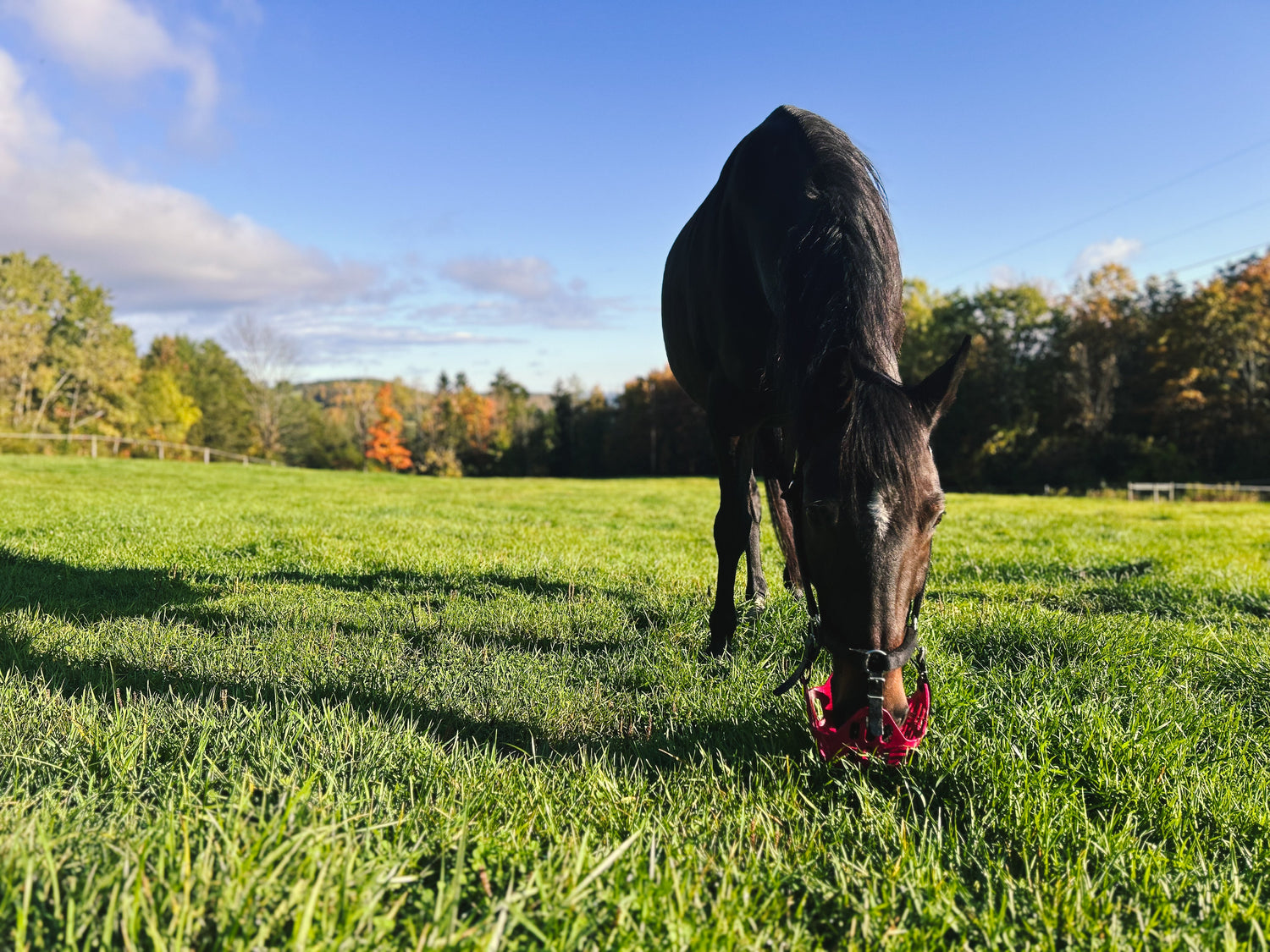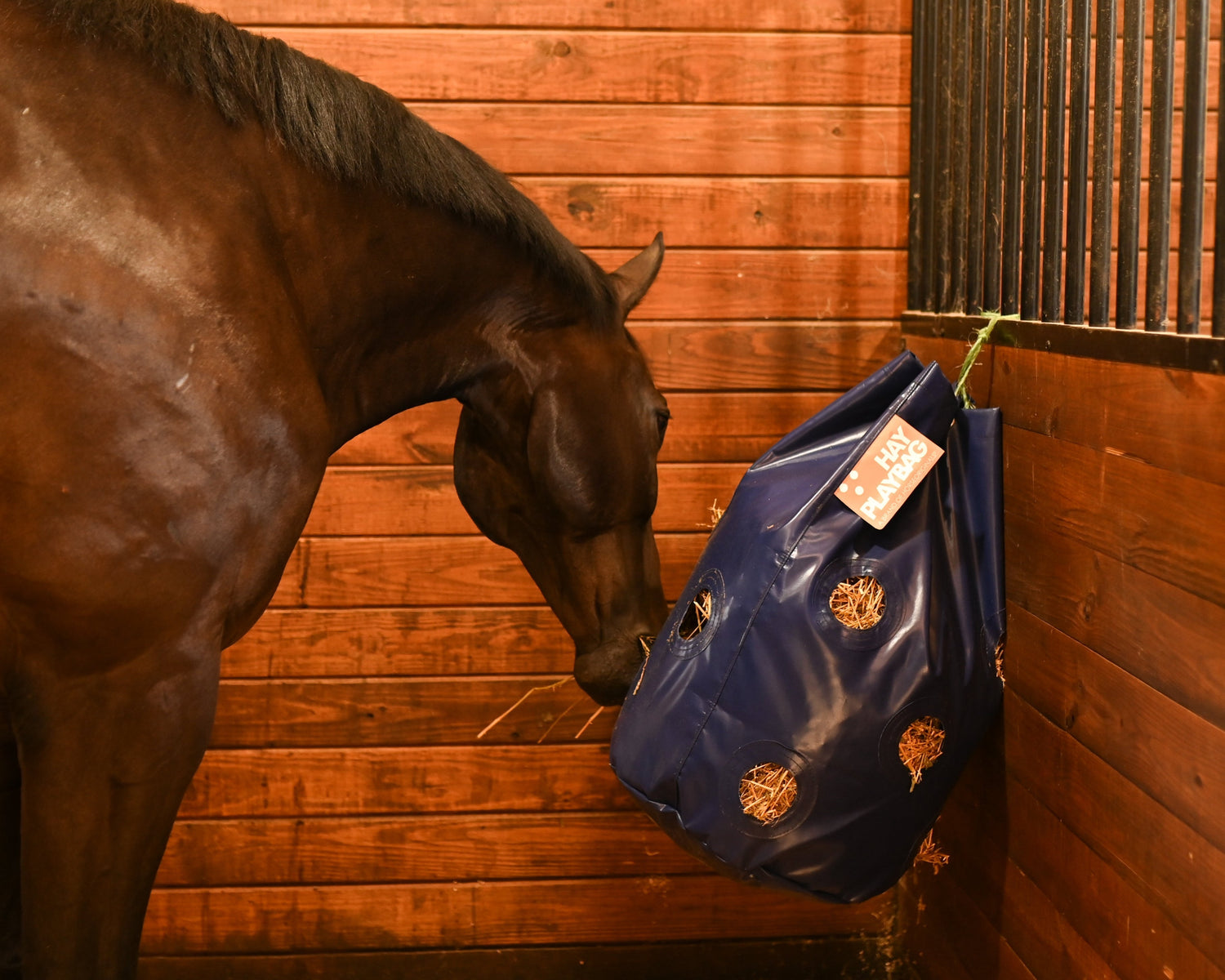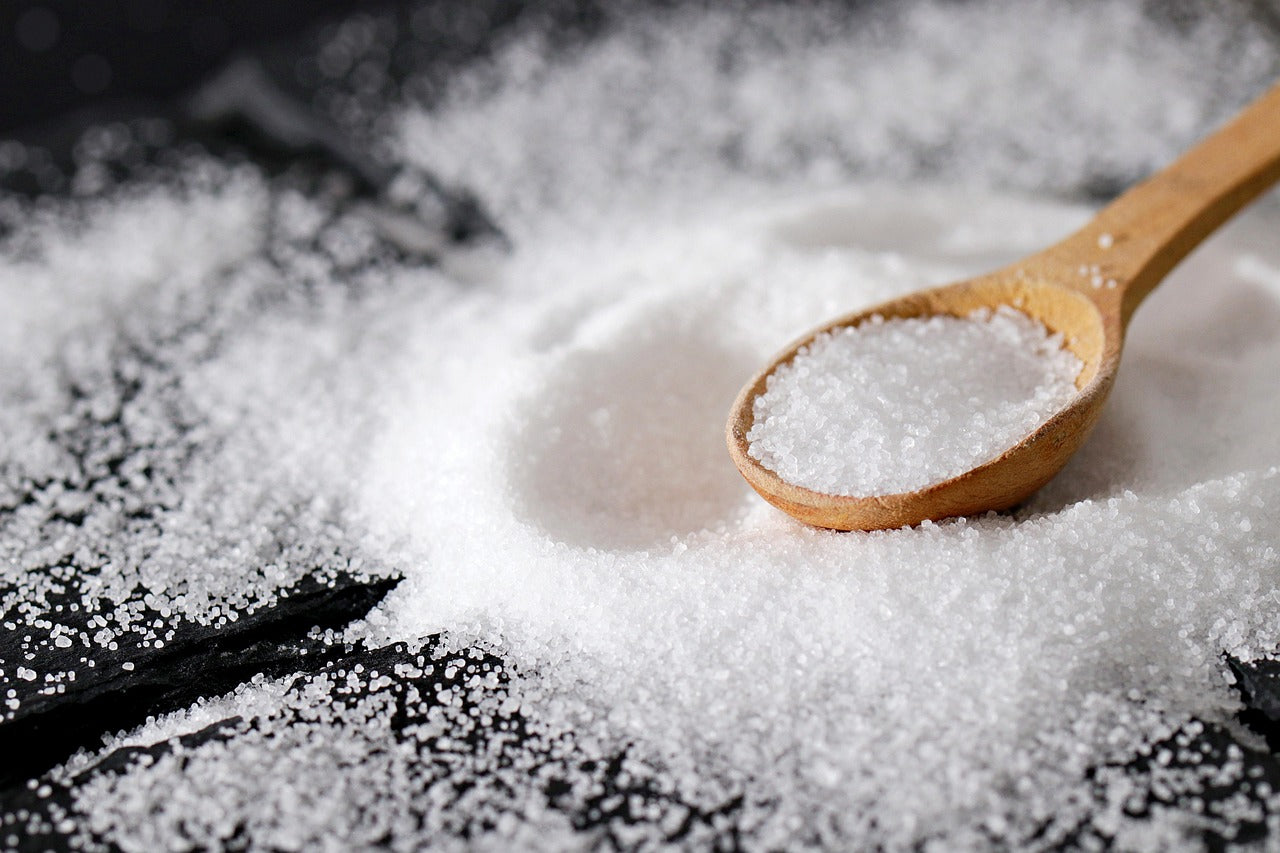Understanding Dental Wear in Horses That Use Grazing Muzzles
Over the past decade, we've talked with veterinarians, equine dentists, and thousands of horse owners across the country about one important question: Can grazing muzzles cause tooth wear in horses?
The short answer is: most horses experience no dental wear at all. But for the small percentage that do, we want to help you understand why it happens—and what you can do to prevent it.

Do Harder Muzzles Cause More Tooth Wear?
There is no scientific evidence that “softer” grazing muzzles prevent tooth wear. Equine dentists have reported cases of wear with every type of muzzle—rigid, flexible, and soft. While it’s easy to assume that a soft material is gentler on a horse’s teeth, the truth is more complex. Tooth wear is not about the hardness of the muzzle or the type of muzzle you use, it's about how the muzzle is used and what gets stuck in it.
What Actually Causes Tooth Wear in Horses?
Dirt and Sand Buildup in the Muzzle
The #1 culprit behind grazing muzzle-related tooth wear is grit and debris. When sand, dirt, or grit accumulate inside the muzzle or get embedded in the material, it can create a sandpaper-like effect on the enamel. This abrasive contact can wear down teeth, regardless of whether the muzzle is soft or hard.
Biological Factors and Enamel Health
Some horses may be genetically predisposed to have softer tooth enamel, or they may have nutritional deficiencies that affect enamel strength. In these cases, a horse may be more prone to wear regardless of the muzzle material.
Aggressive Grazing Behavior
Horses with friction-inducing grazing behaviors—those who press down hard against the muzzle base—naturally create more contact between their teeth and the muzzle. That repeated pressure increases the risk of enamel wear, no matter the muzzle design.

How to Prevent Dental Wear with Grazing Muzzles
Clean Your Muzzle Frequently
Remove dirt and debris regularly to prevent abrasive buildup. A clean muzzle is the first defense against tooth wear.
Ensure Proper Fit and Adequate Space
Make sure there’s enough space between your horse’s teeth and the muzzle bottom. A tight fit can lead to excessive rubbing and increase the chances of aggressive grazing behavior. Our Grazing Muzzle Fit Guide has detailed tips on getting the right fit.
Monitor for Signs of Abnormal Tooth Wear
Horses’ teeth naturally wear down as they age, but excessive wear is a red flag. Watch for uneven edges, sensitivity, or changes in eating habits, and schedule routine dental exams with your vet.
Talk to Your Veterinarian or Equine Dentist
If you spot any signs of wear, consult your equine vet or dentist. Many veterinarians will weigh mild tooth wear against the far greater risks of laminitis or founder, and agree that preventing metabolic conditions with a muzzle is the safer choice.
Try a Leather Muzzle Insert
One solution we’ve developed is our leather muzzle insert. It reduces friction by creating a slippery, saliva-activated surface that resists embedded dirt. In field testing, horses who had previously experienced tooth wear showed improvement when switching to the leather insert, making it a great option for aggressive grazers or those prone to enamel loss.

Final Thoughts: Dental Health vs. Laminitis Risk
Most horses do great in their GreenGuard Grazing Muzzle or similar slow-feed solutions with no negative dental effects. But for the few that show signs of wear, now you know how to stay ahead of it.
At the end of the day, this isn’t a debate about rigid vs. soft. It’s about understanding:
- How debris buildup affects enamel
- The role of each horse’s biology and behavior
- What proactive steps you can take to support healthy grazing
With the right knowledge, routine checks, and innovative tools like leather inserts, you can keep your horse’s mouth healthy while still protecting them from more serious metabolic risks like equine obesity, insulin resistance, and laminitis.
At the end of the day, it’s about striking the right balance—protecting your horse’s teeth while also preventing more serious conditions like founder. Every horse’s experience with a muzzle is different, and finding what works best for your horse is key to long-term health and comfort.


